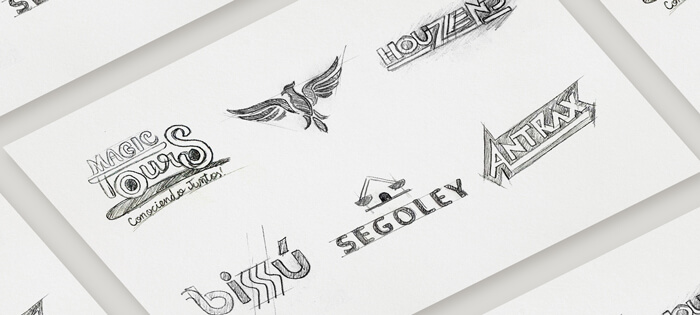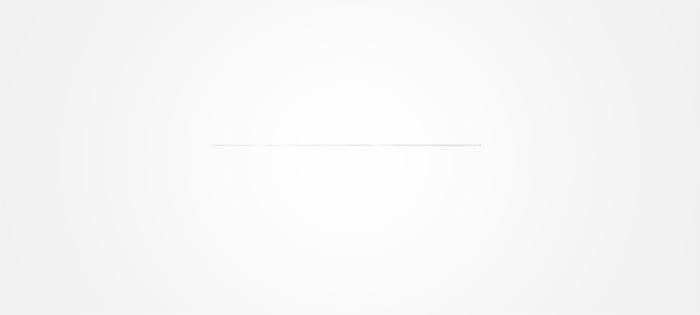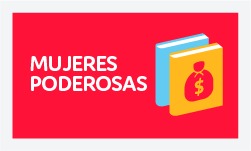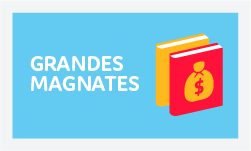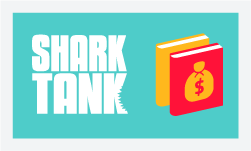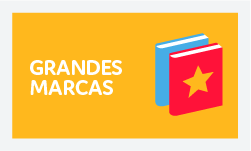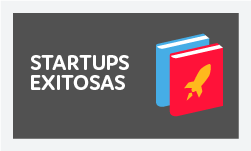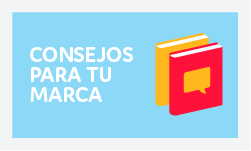Diseño Profesional de Logos
Le hemos desarrollado la marca tanto a personas muy conocidas como los Youtubers Antrax y Los Polinesios, entrenadores de fútbol de élite como Mauricio Pochettino, Julen Lopetegui y Unai Emery, como también a pequeños negocios de emprendedores de muchos rincones del mundo.
Si observas con atención ponemos mucho detalle y dedicación a la elaboración tipográfica.
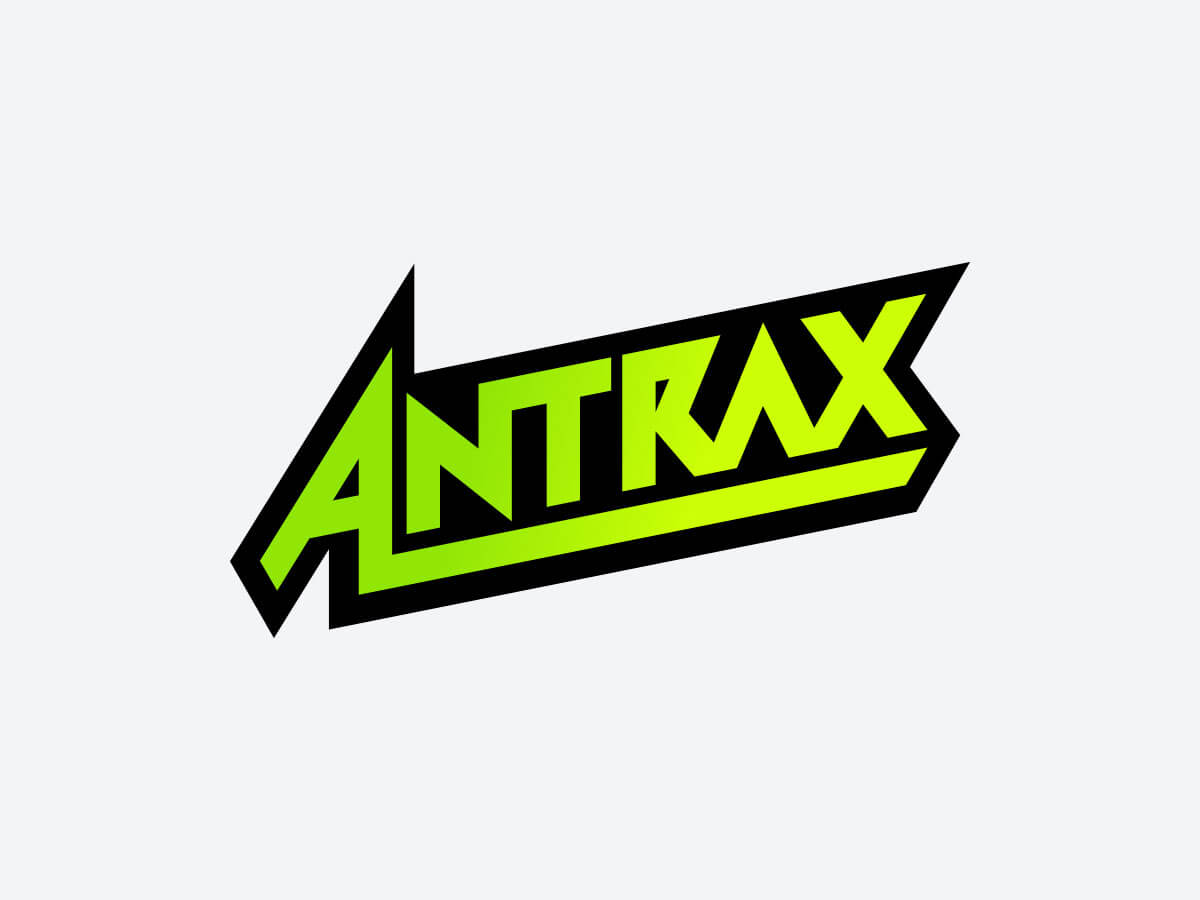
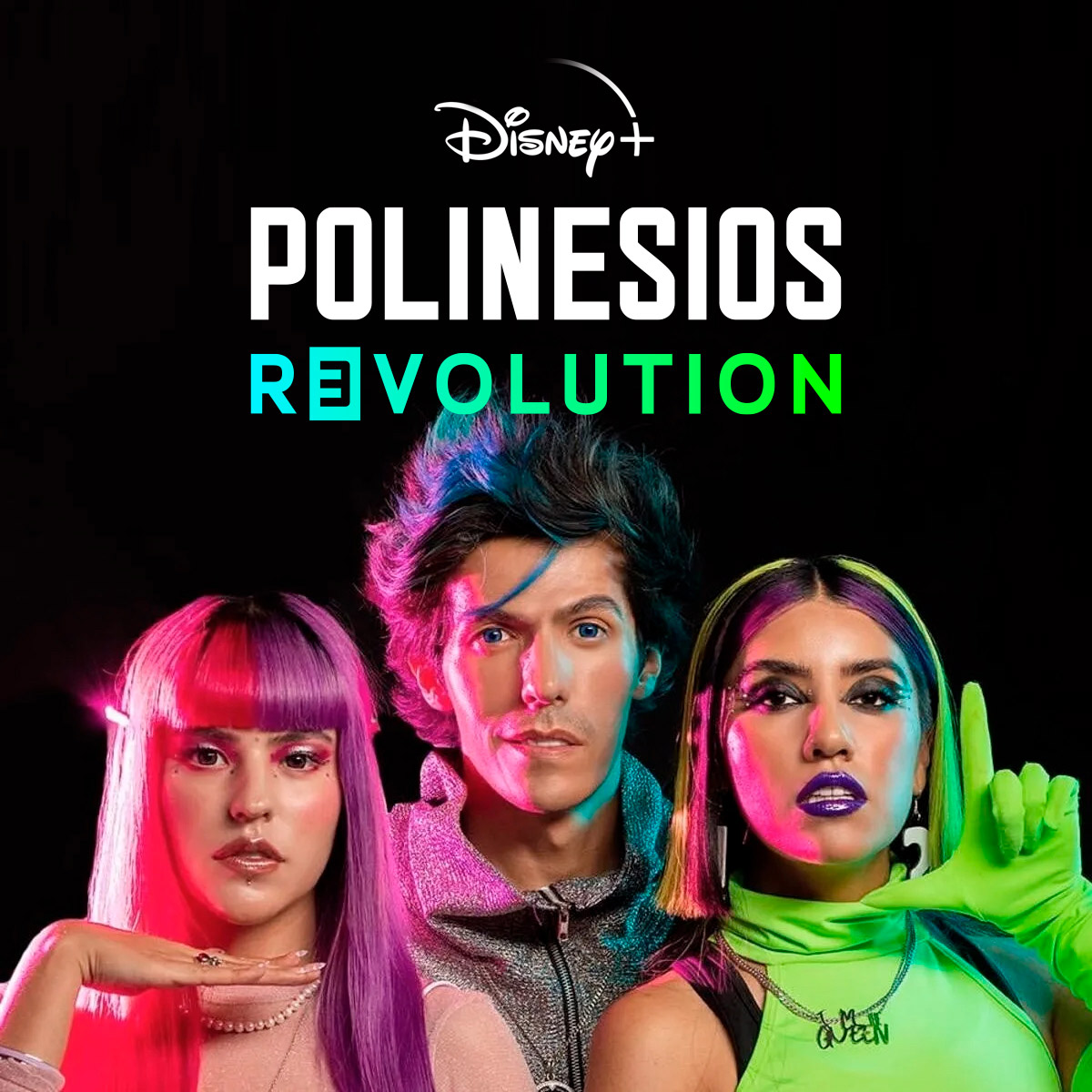
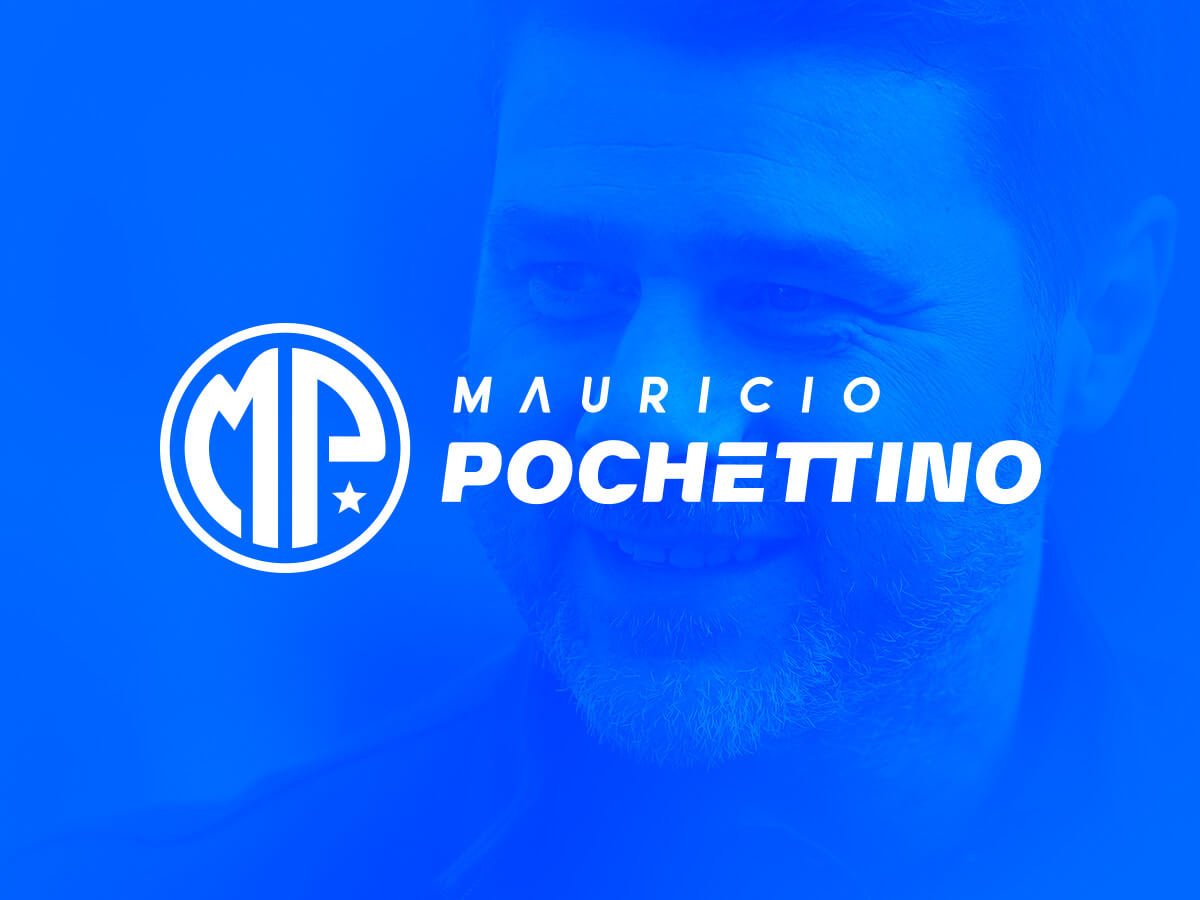
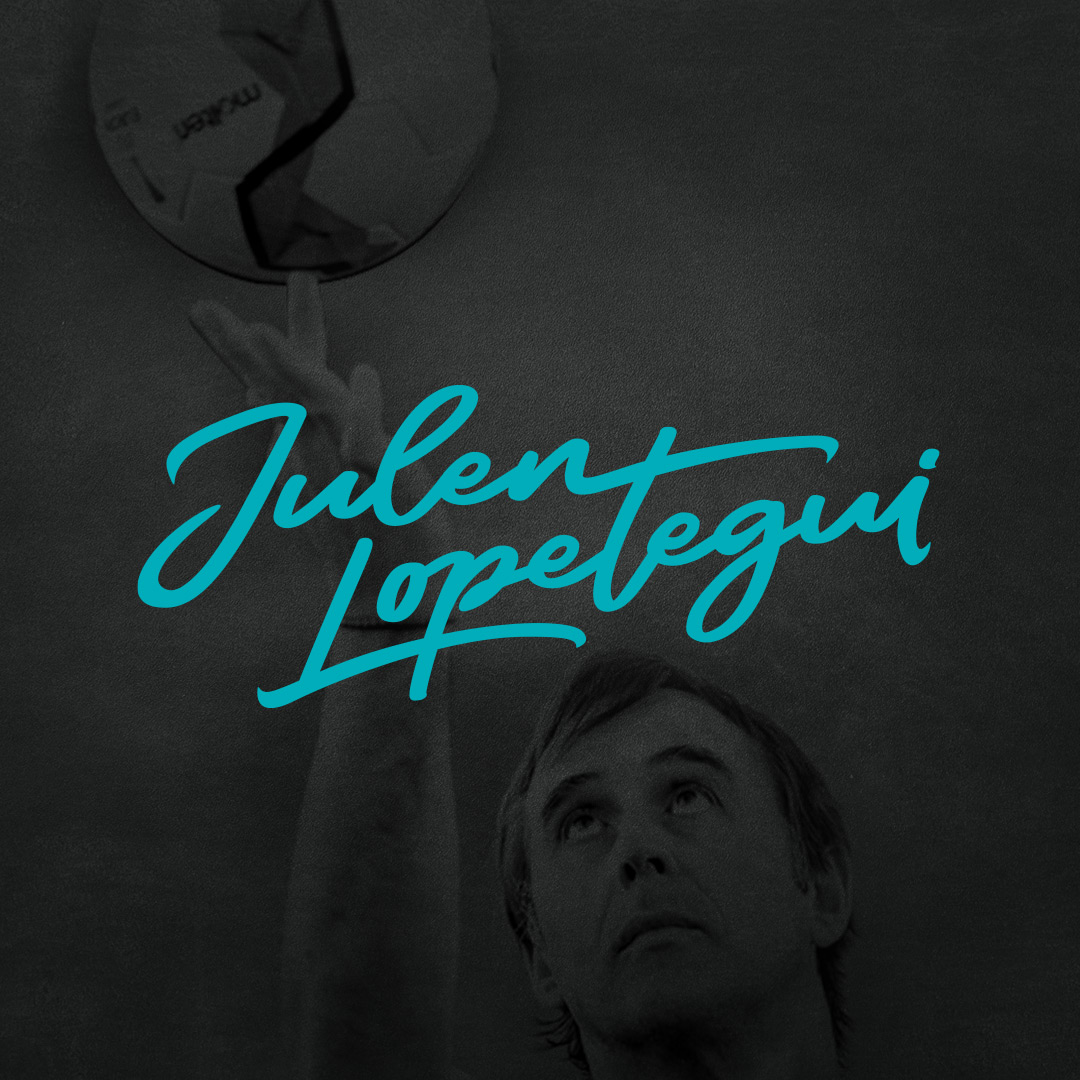
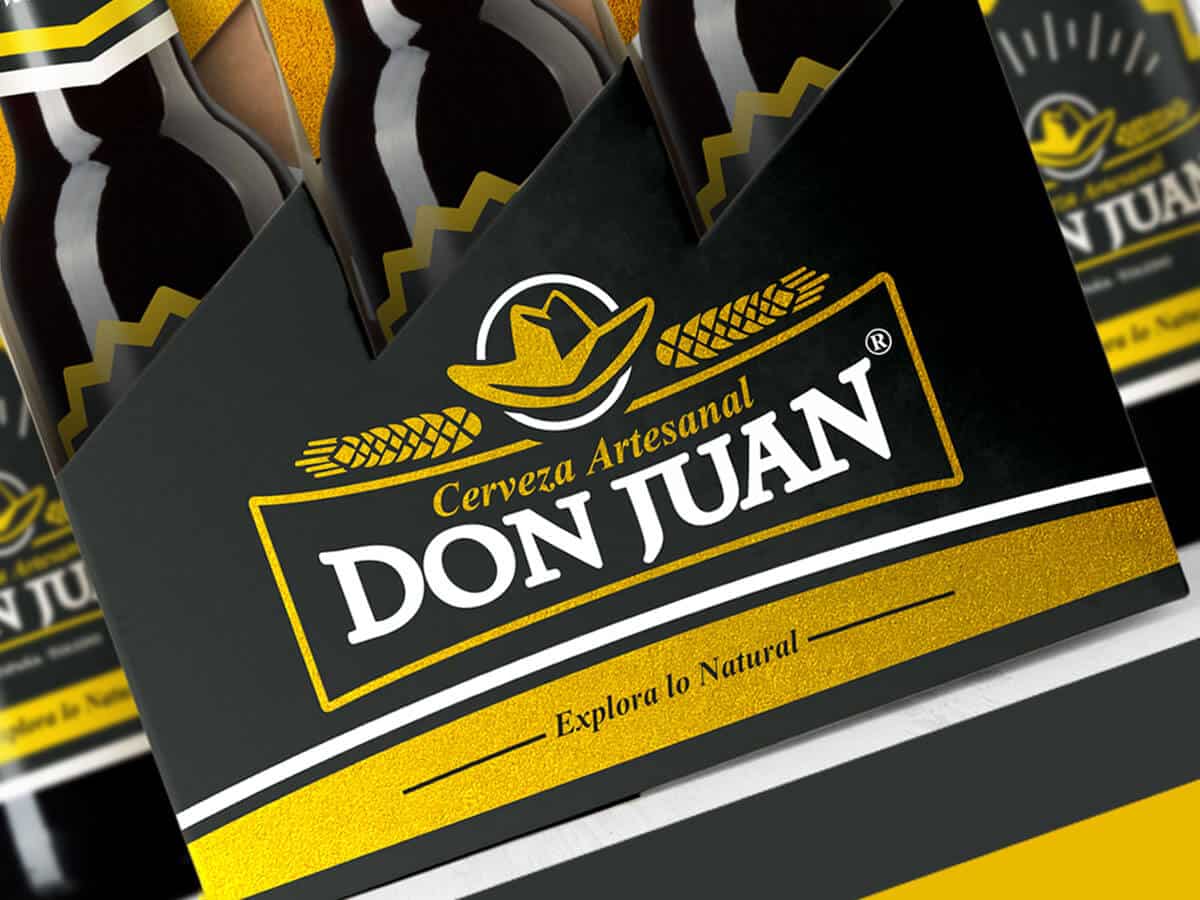
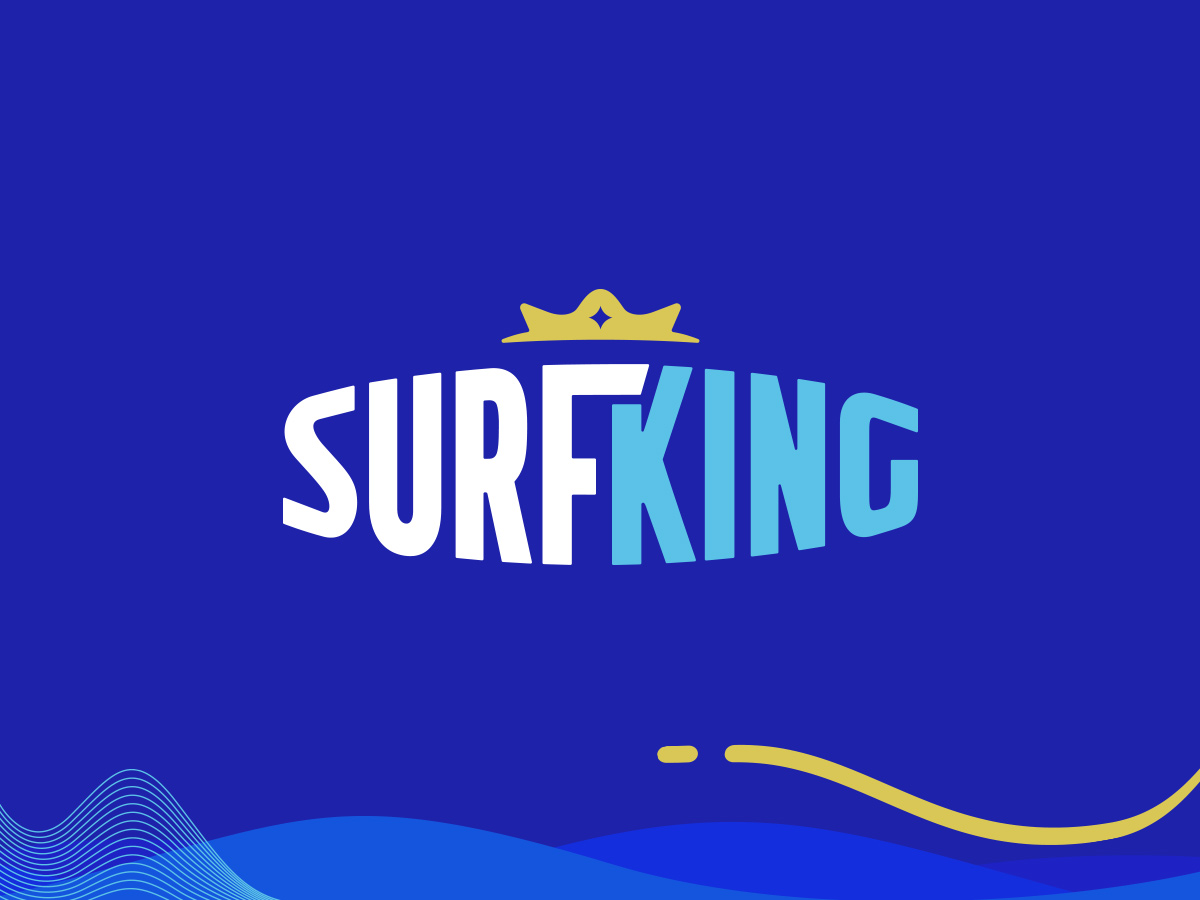
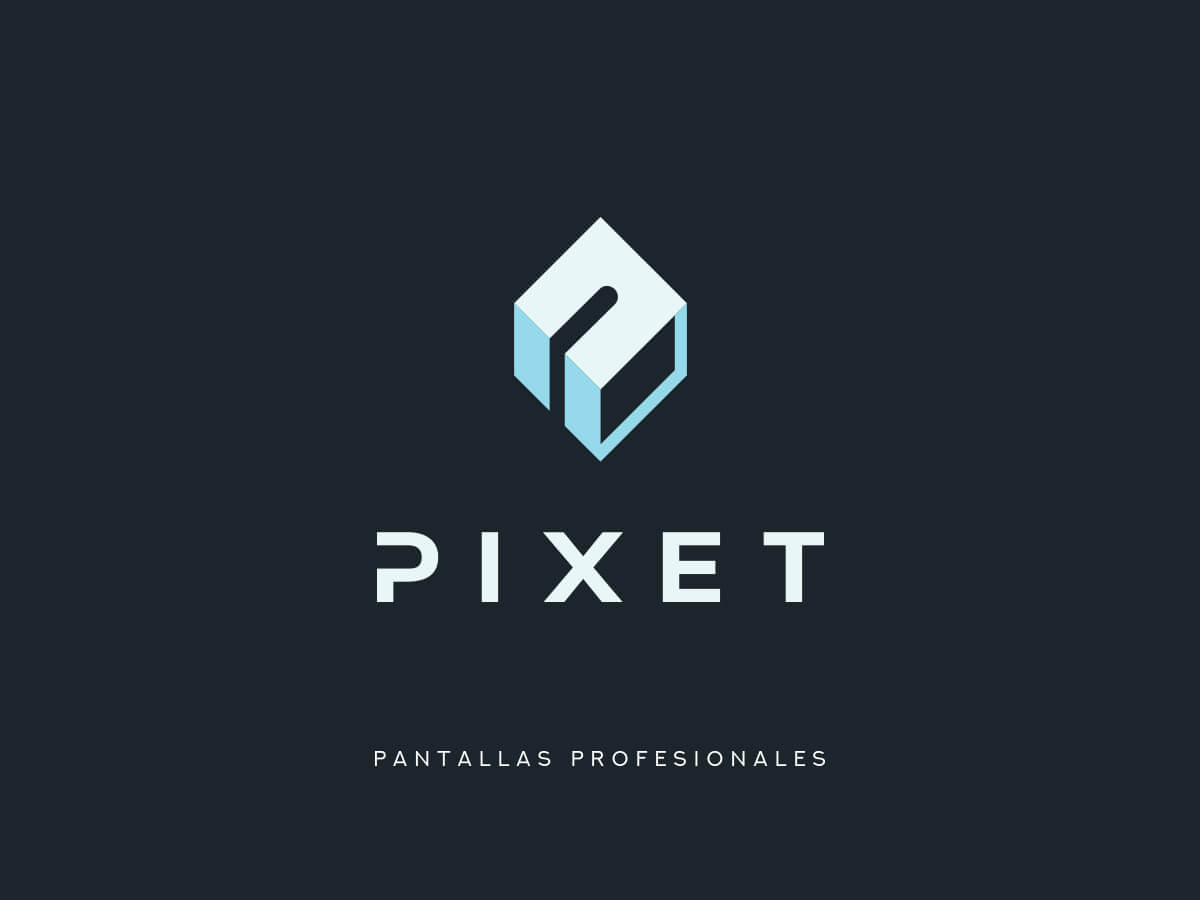

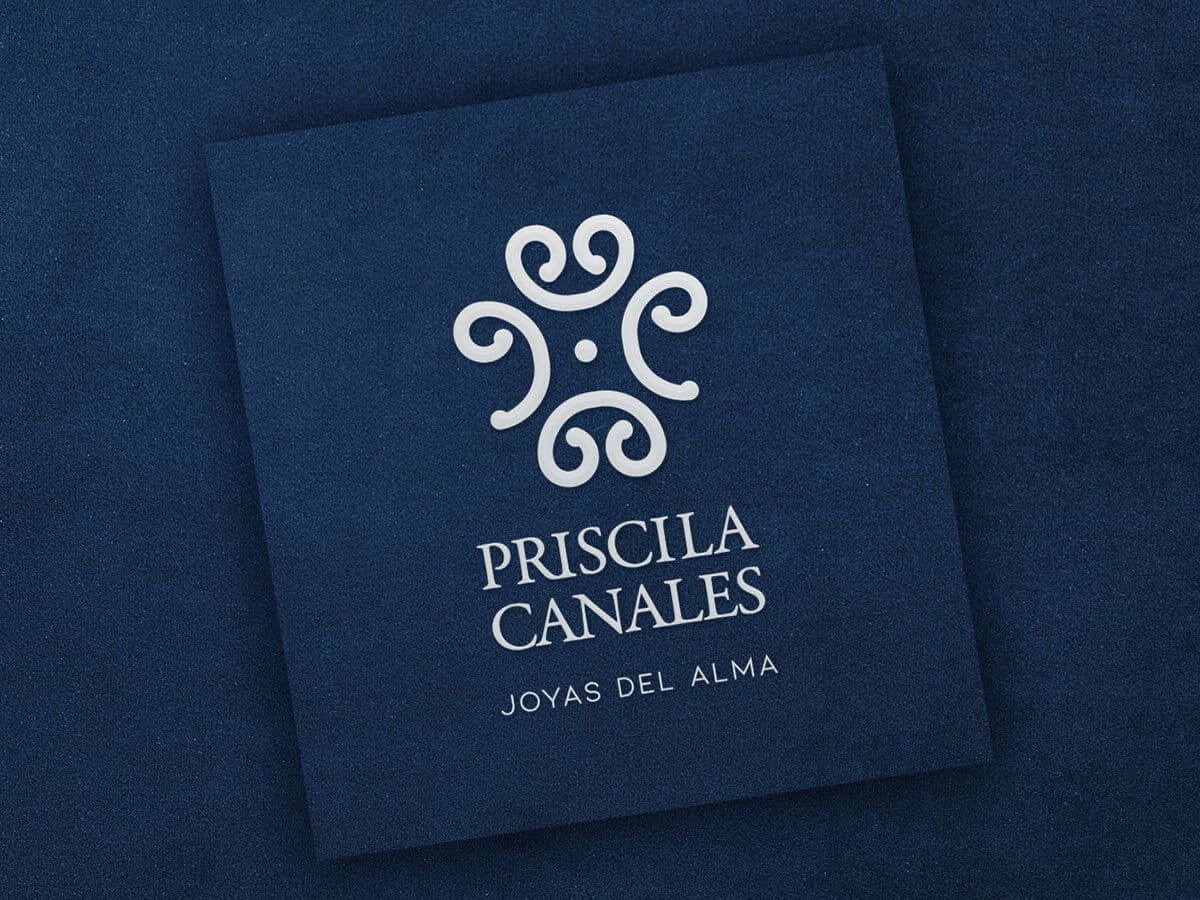
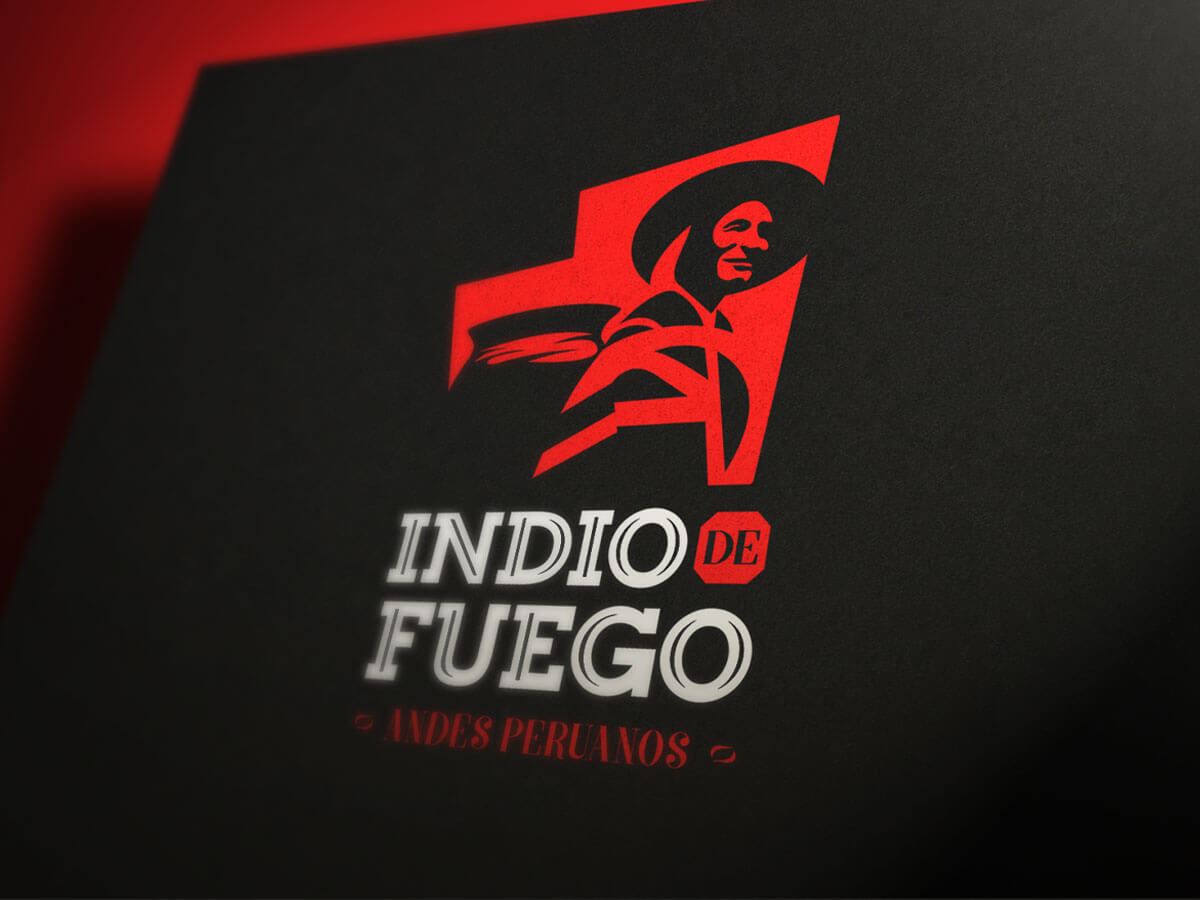
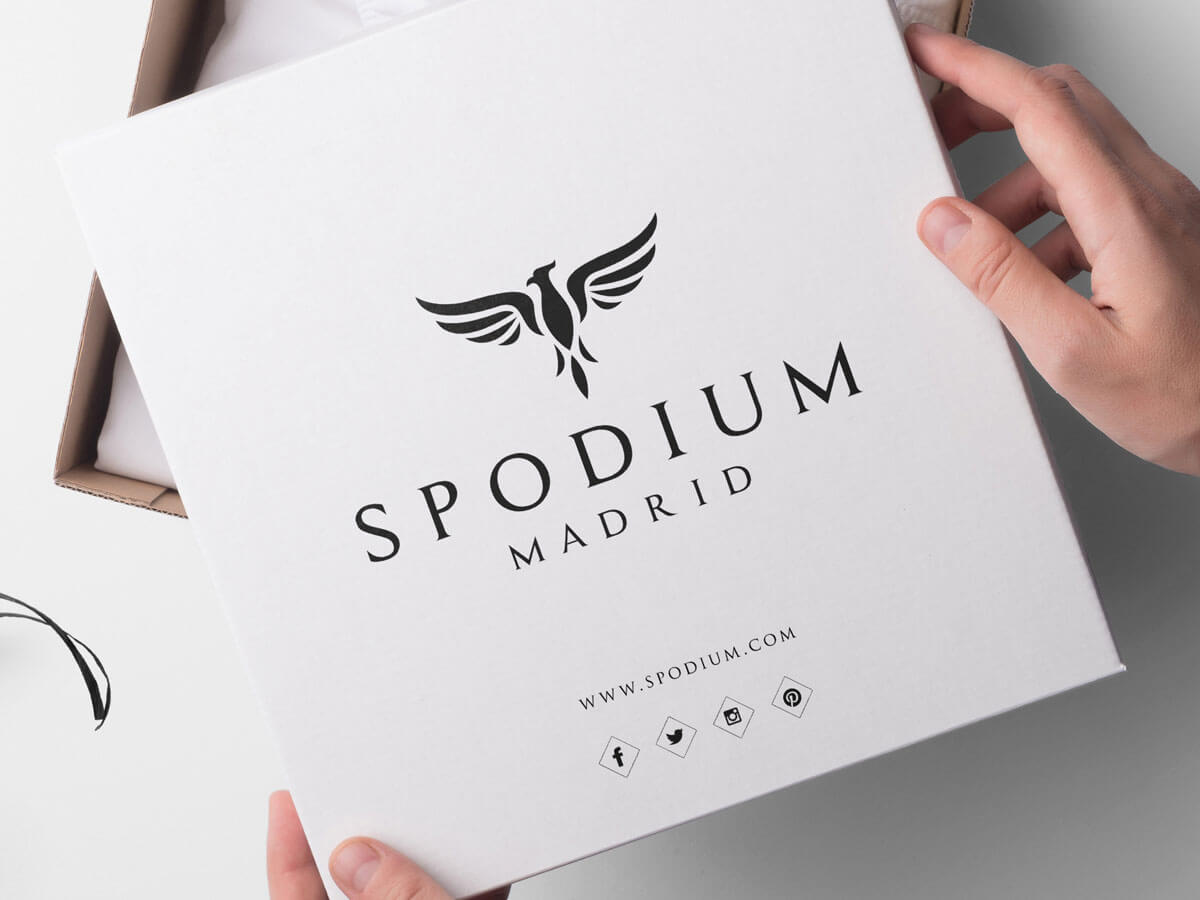
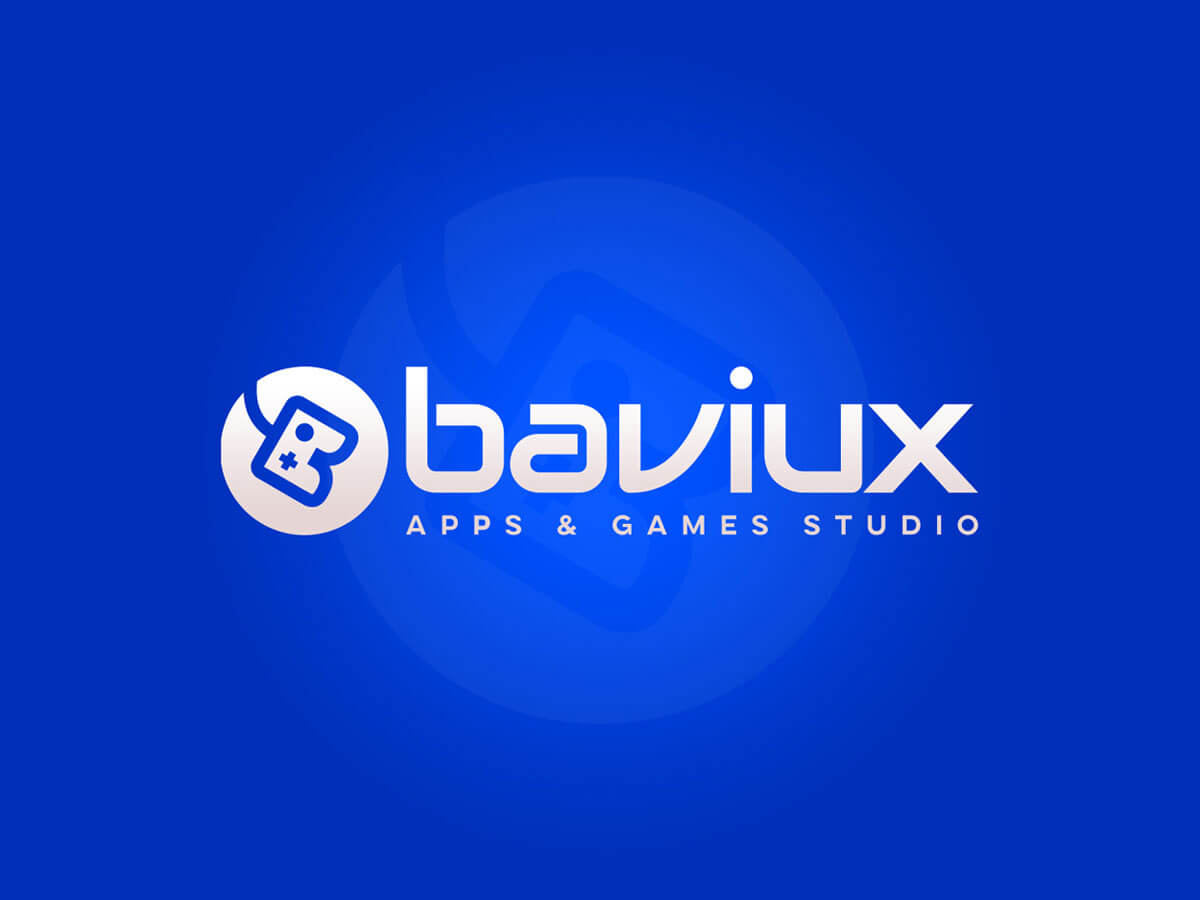
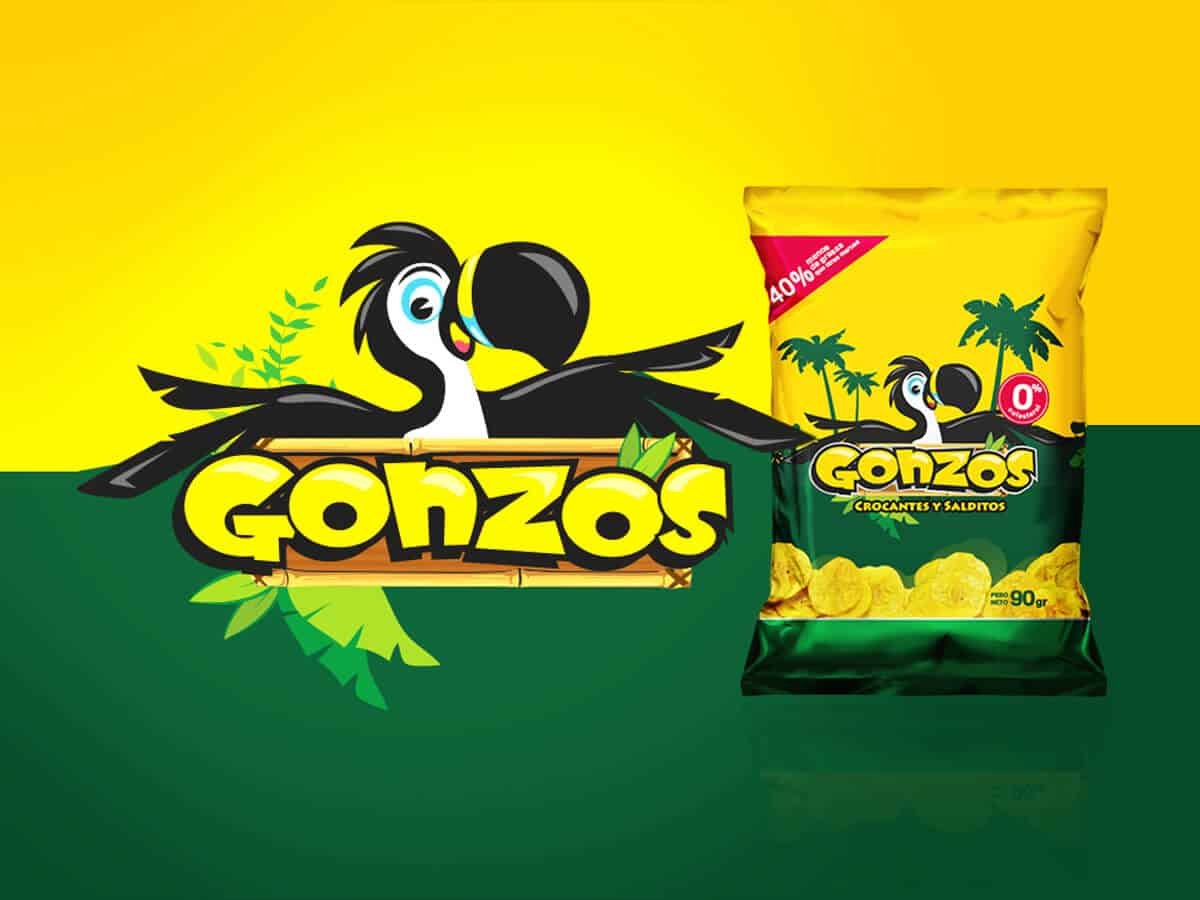
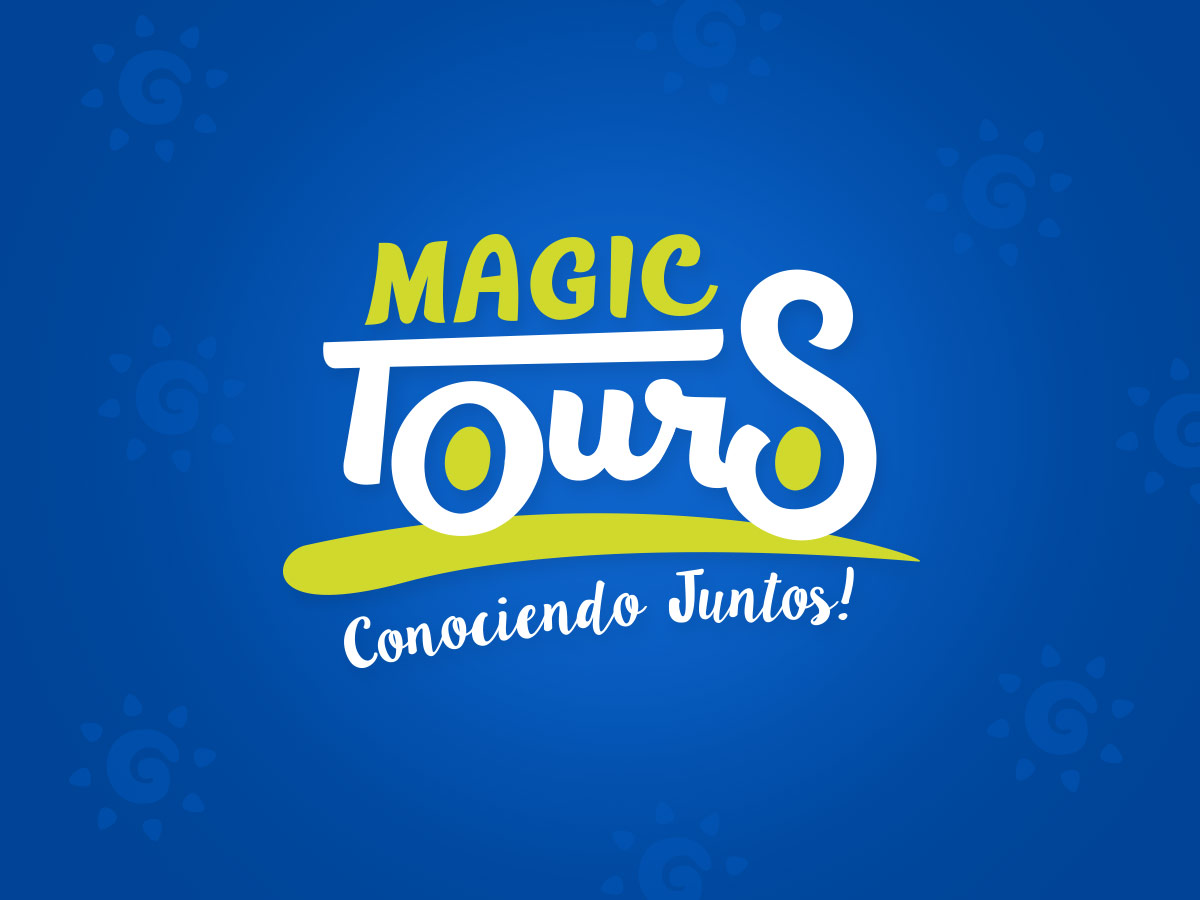
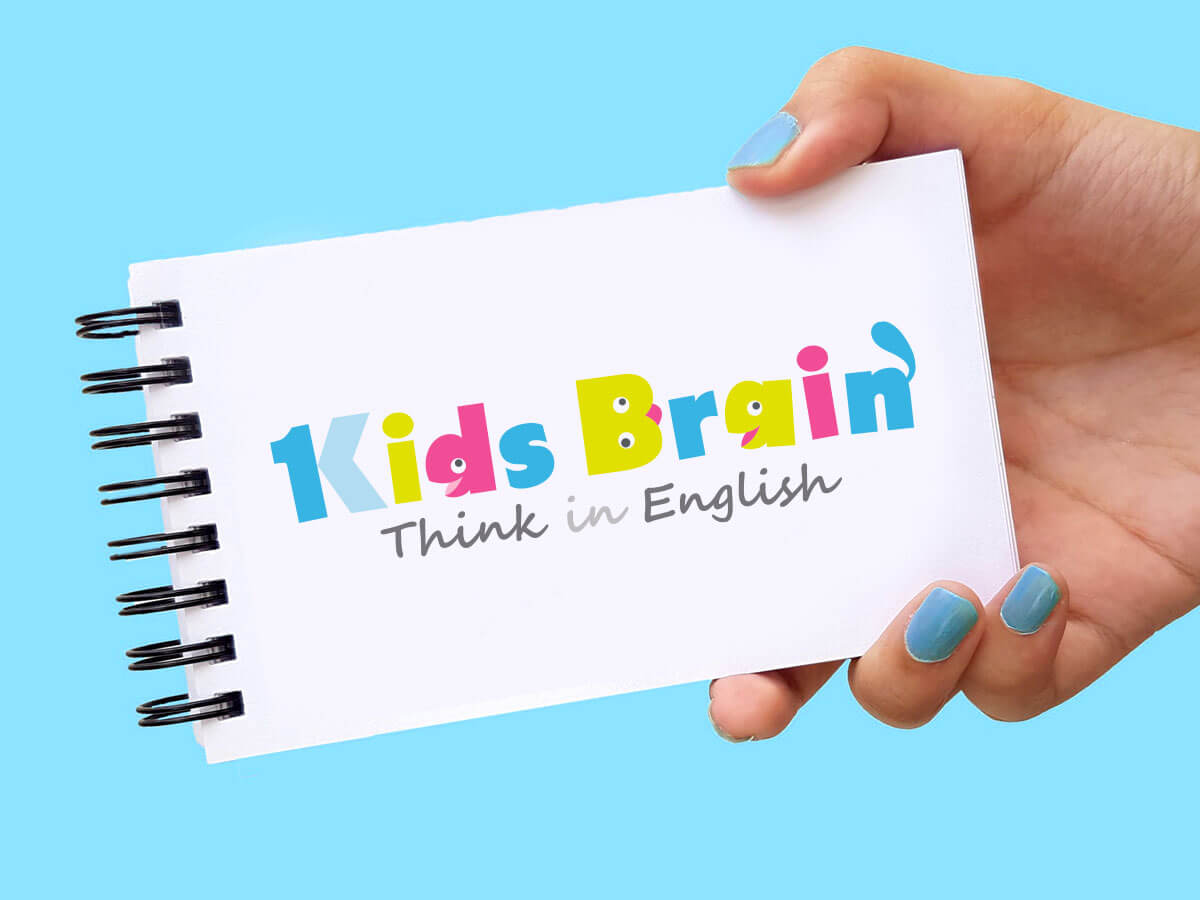
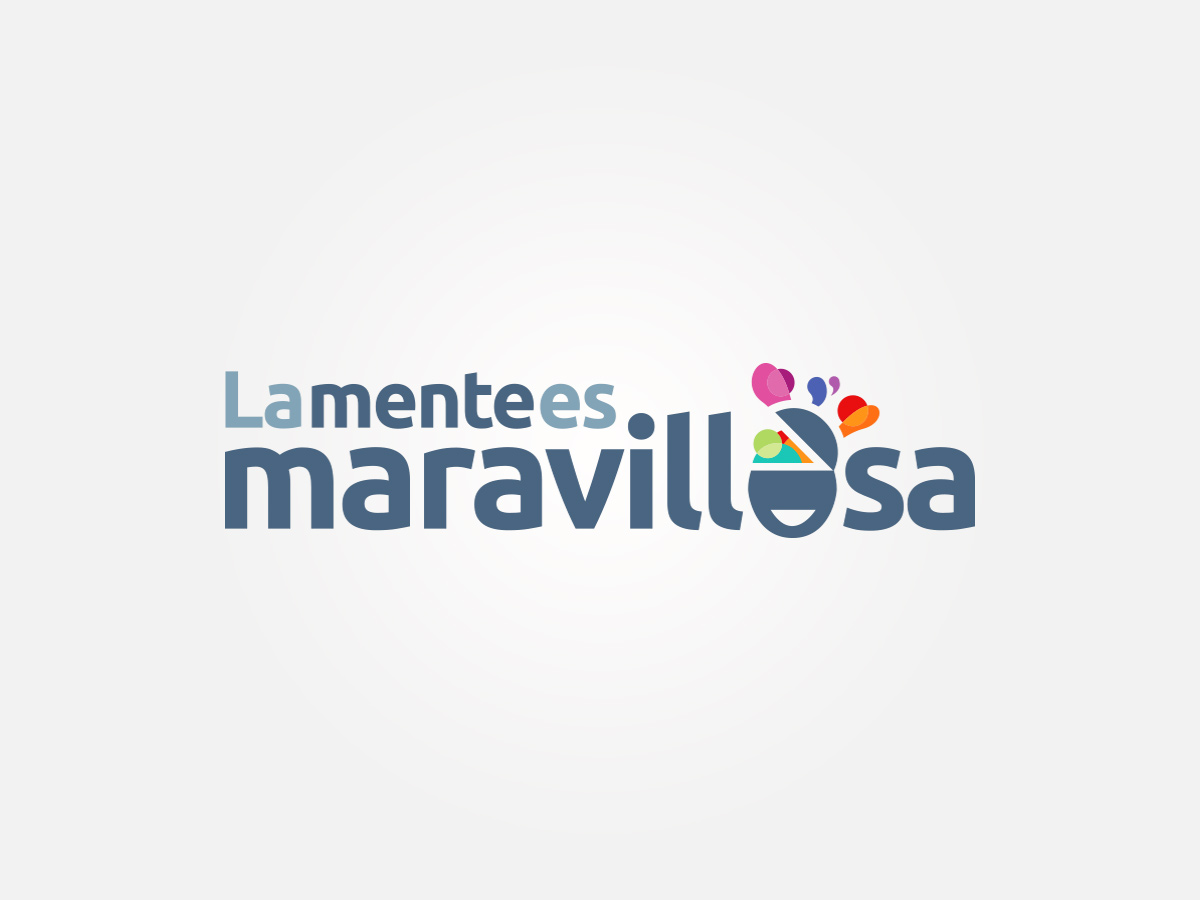
Naming > Creación de nombre
Los ejemplos mostrados son marcas en donde hemos creado tanto el nombre como el diseño profesional de logo, con consultoría experta en branding.


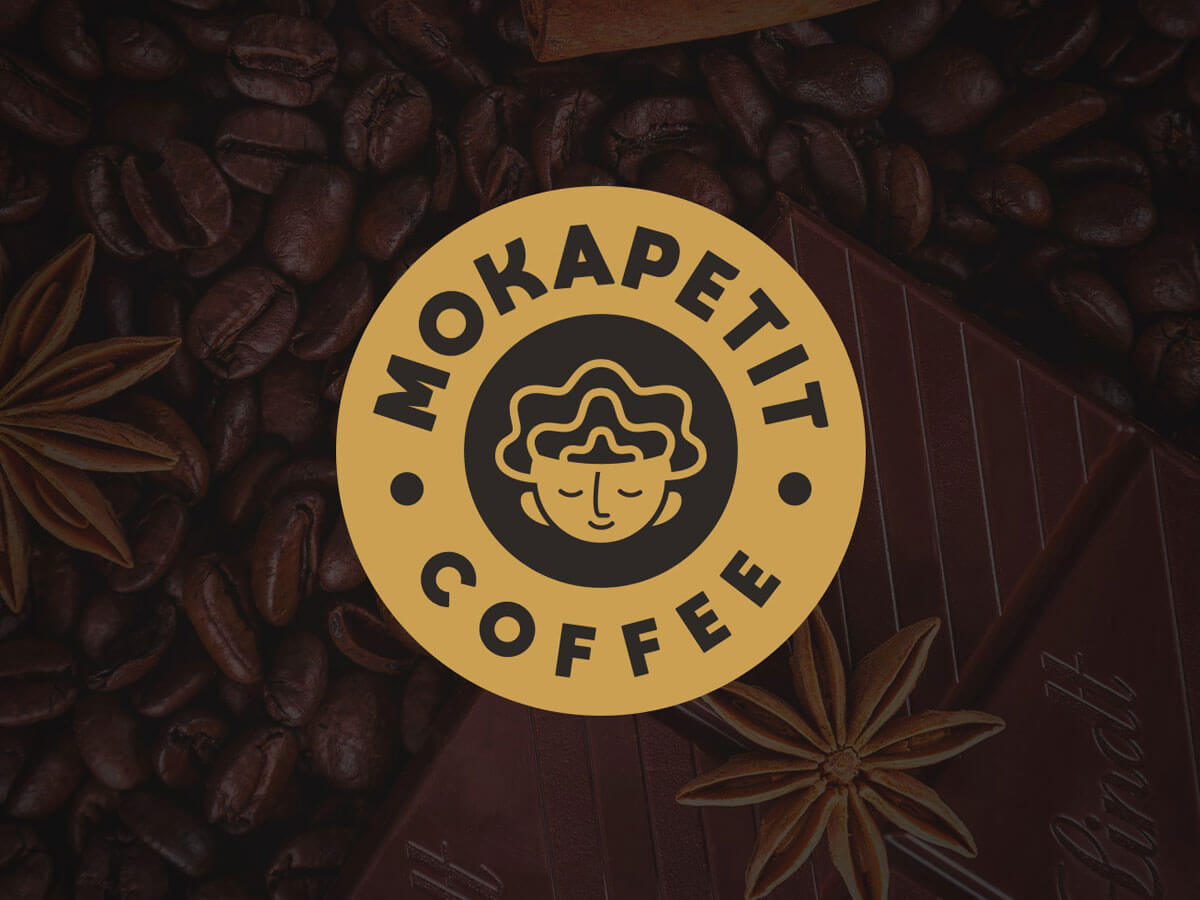
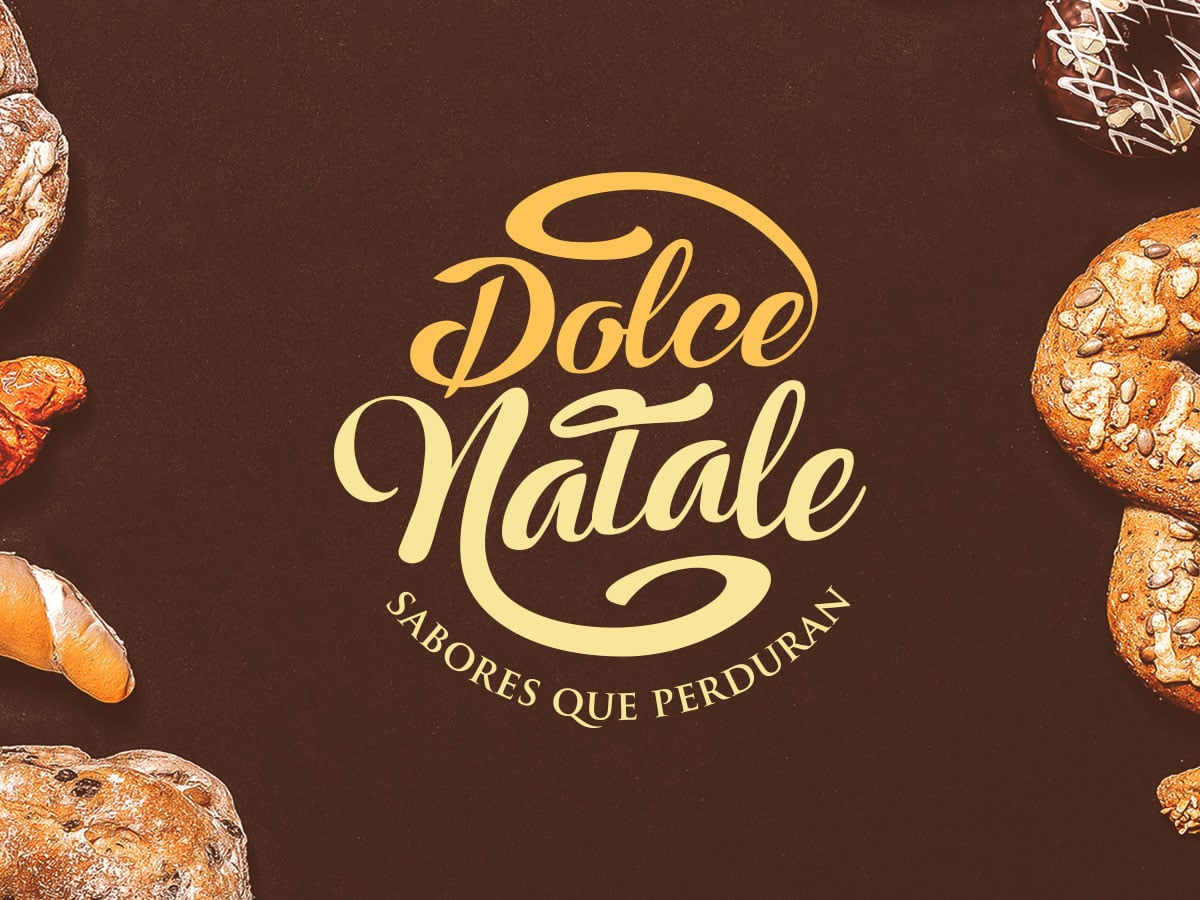
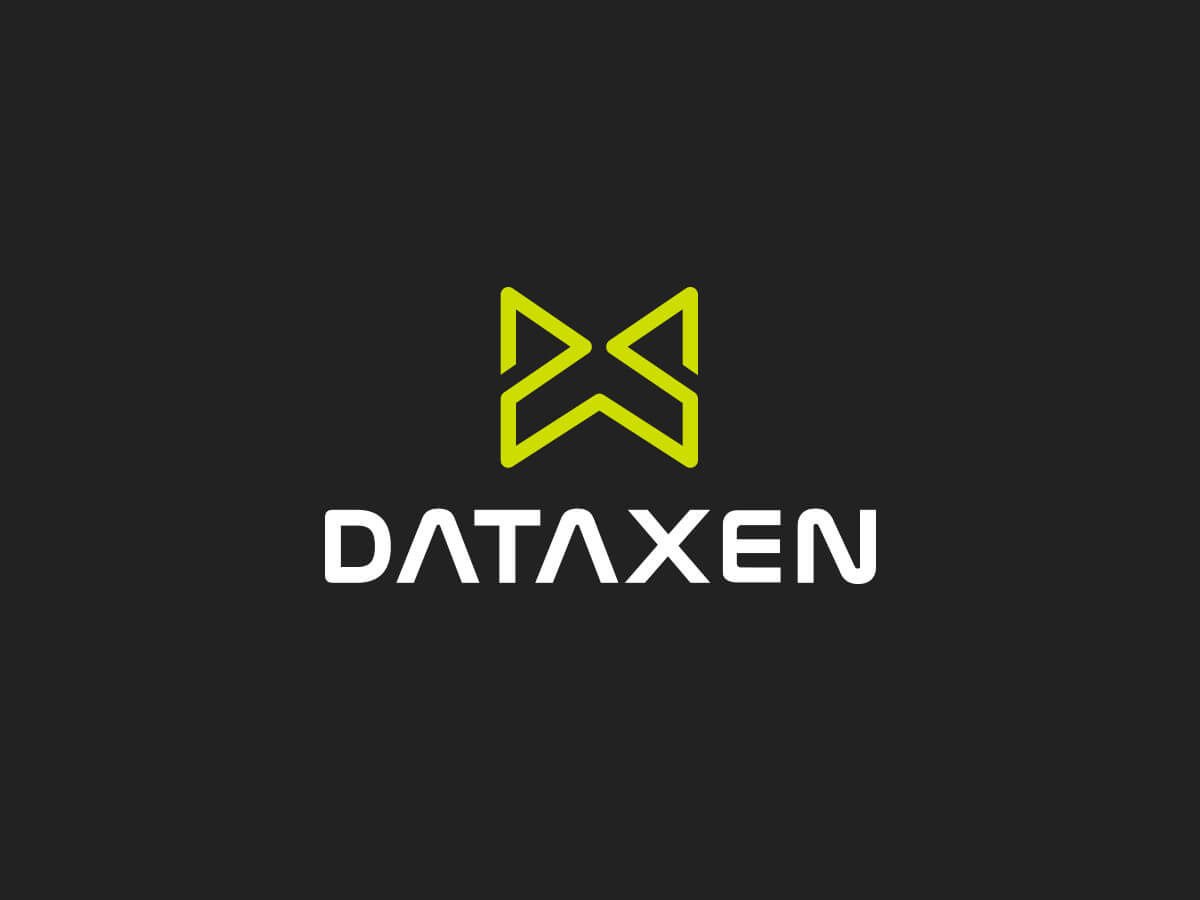
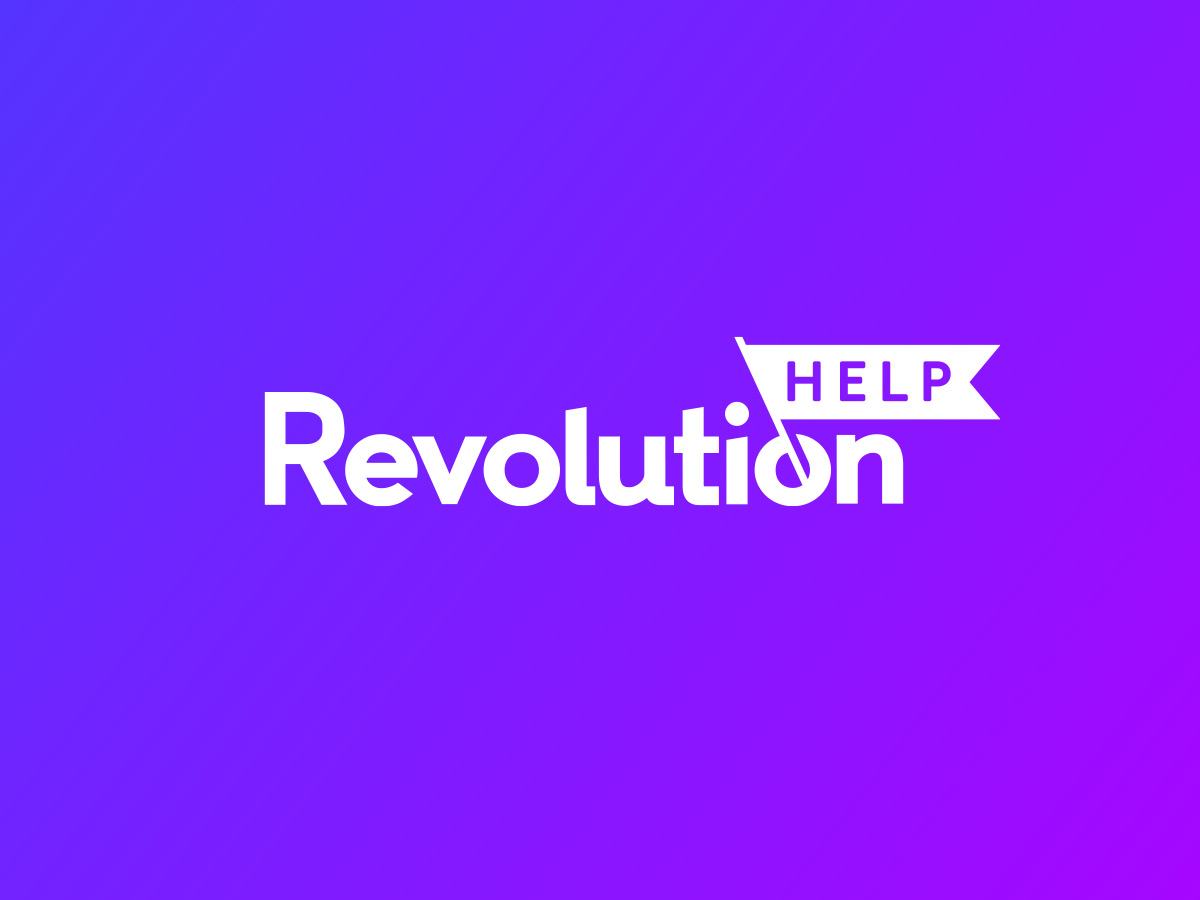
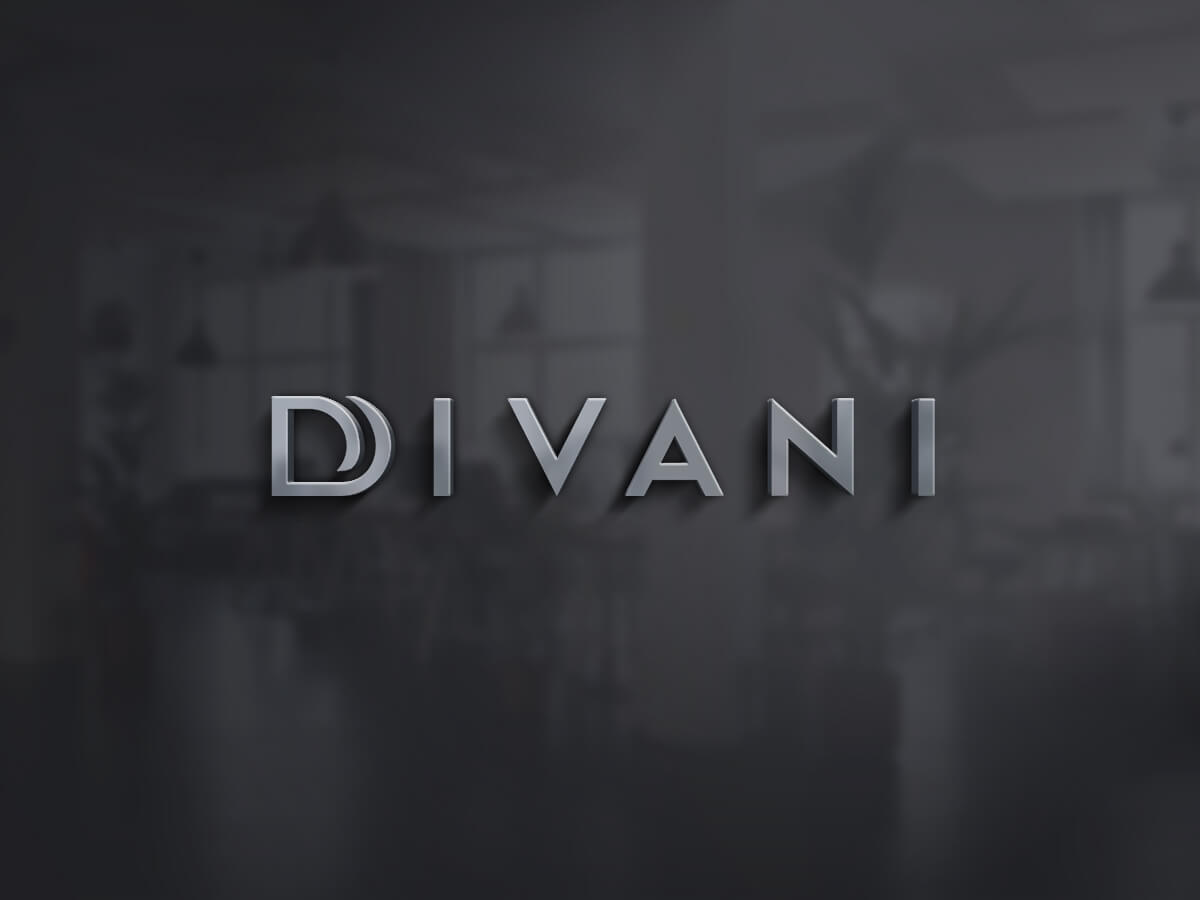

Desarrollo Web
Te ayudaremos a pensar y definir tu web. Analizaremos y plantearemos una estructura con un diseño atractivo, según la identidad de tu marca, optimizada en SEO, seguridad, velocidad de carga y lo más importante, preparada para capturar / convertir / vender y ser una excelente herramienta de marketing, guiándote paso a paso para que aprendas a usarla y sacarle el máximo rendimiento.
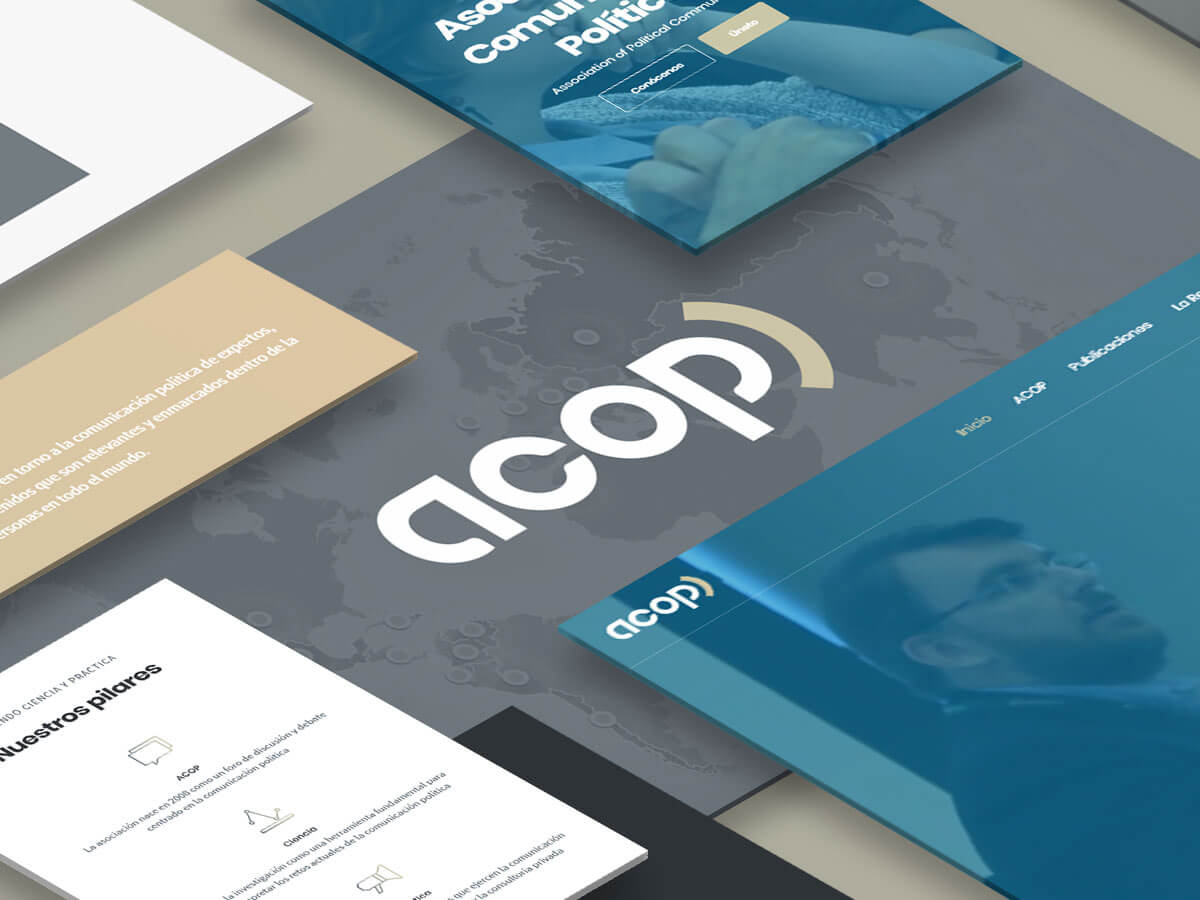

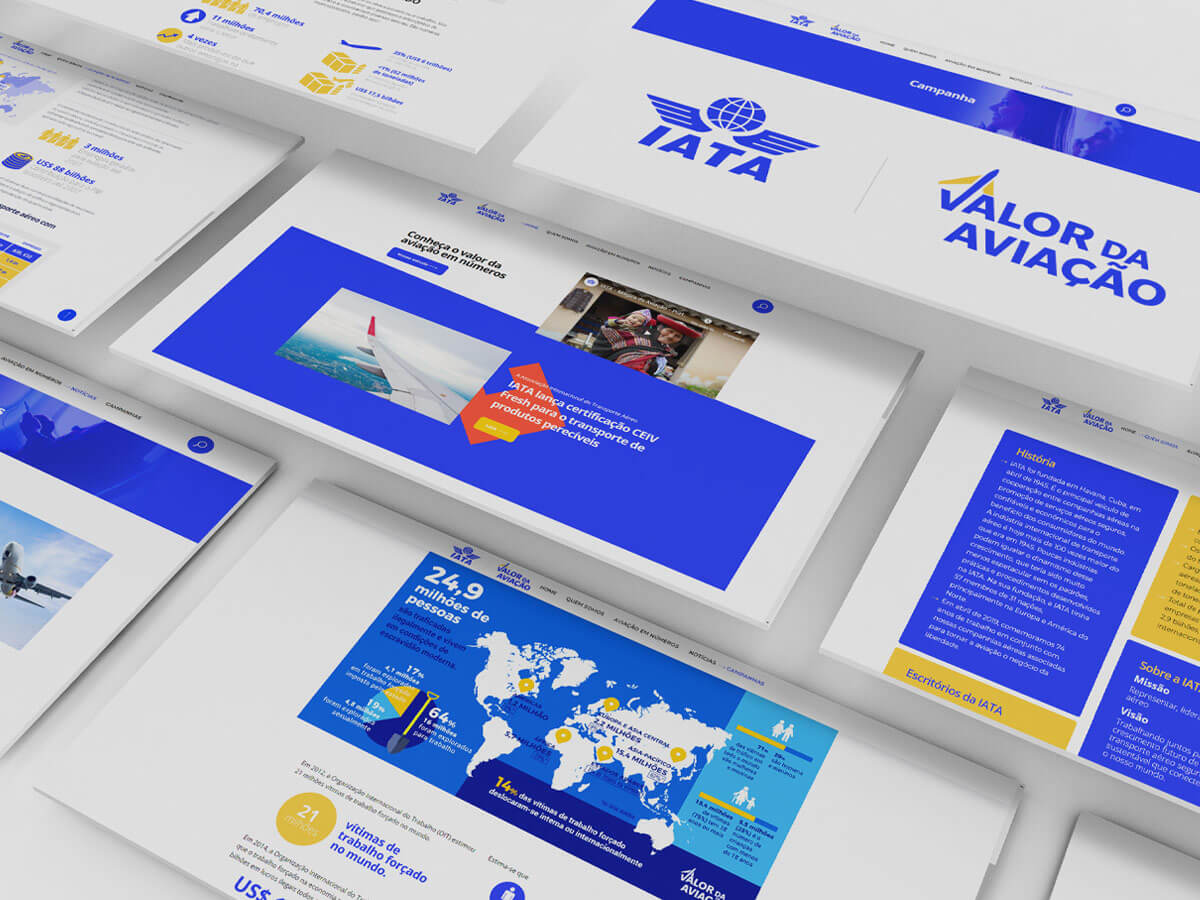
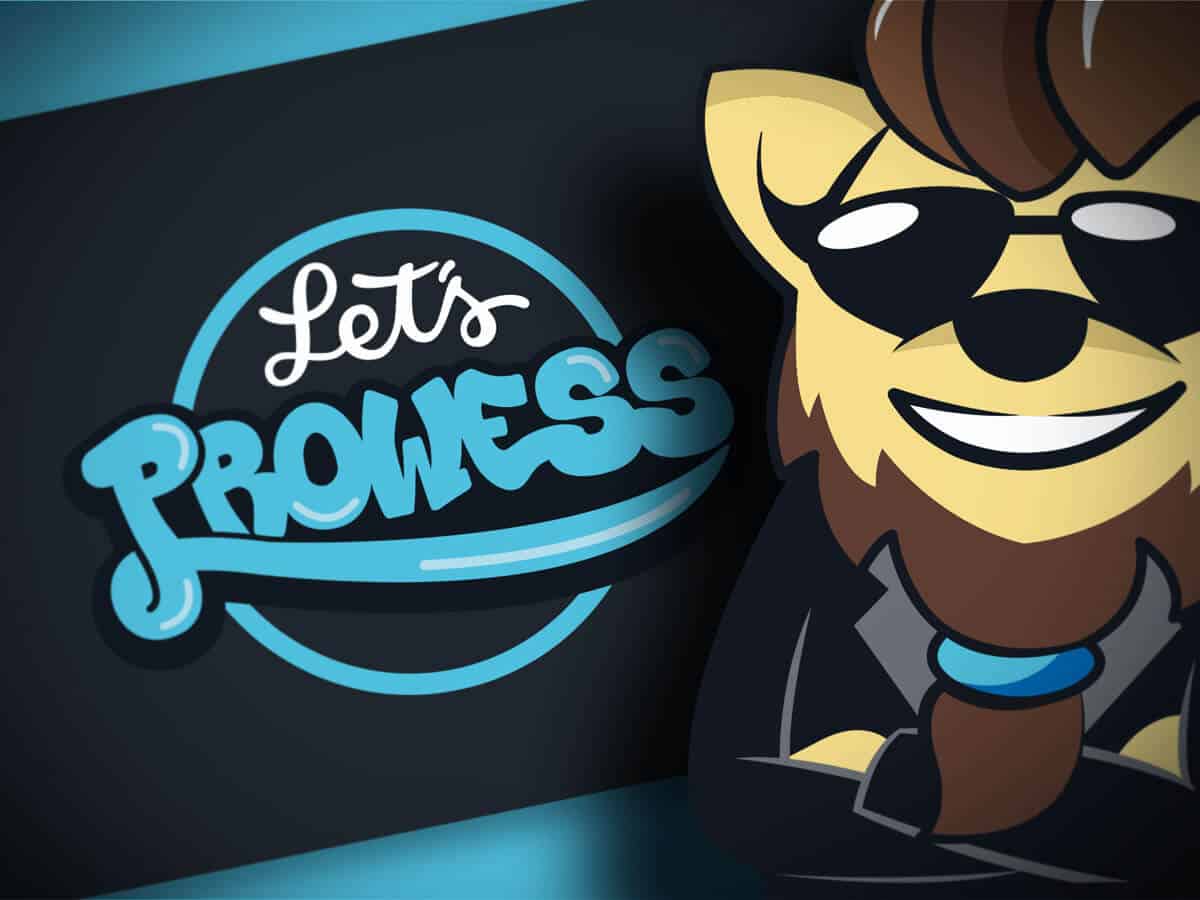
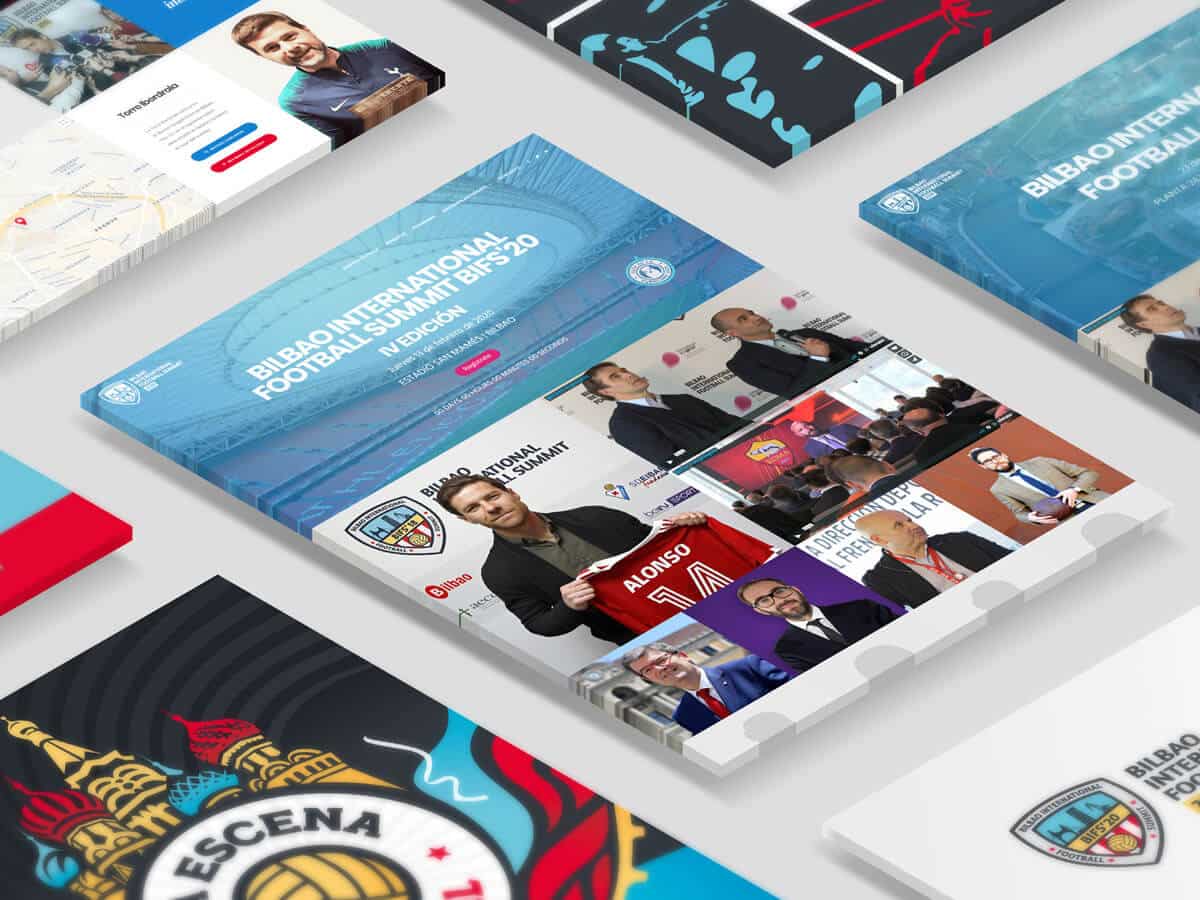

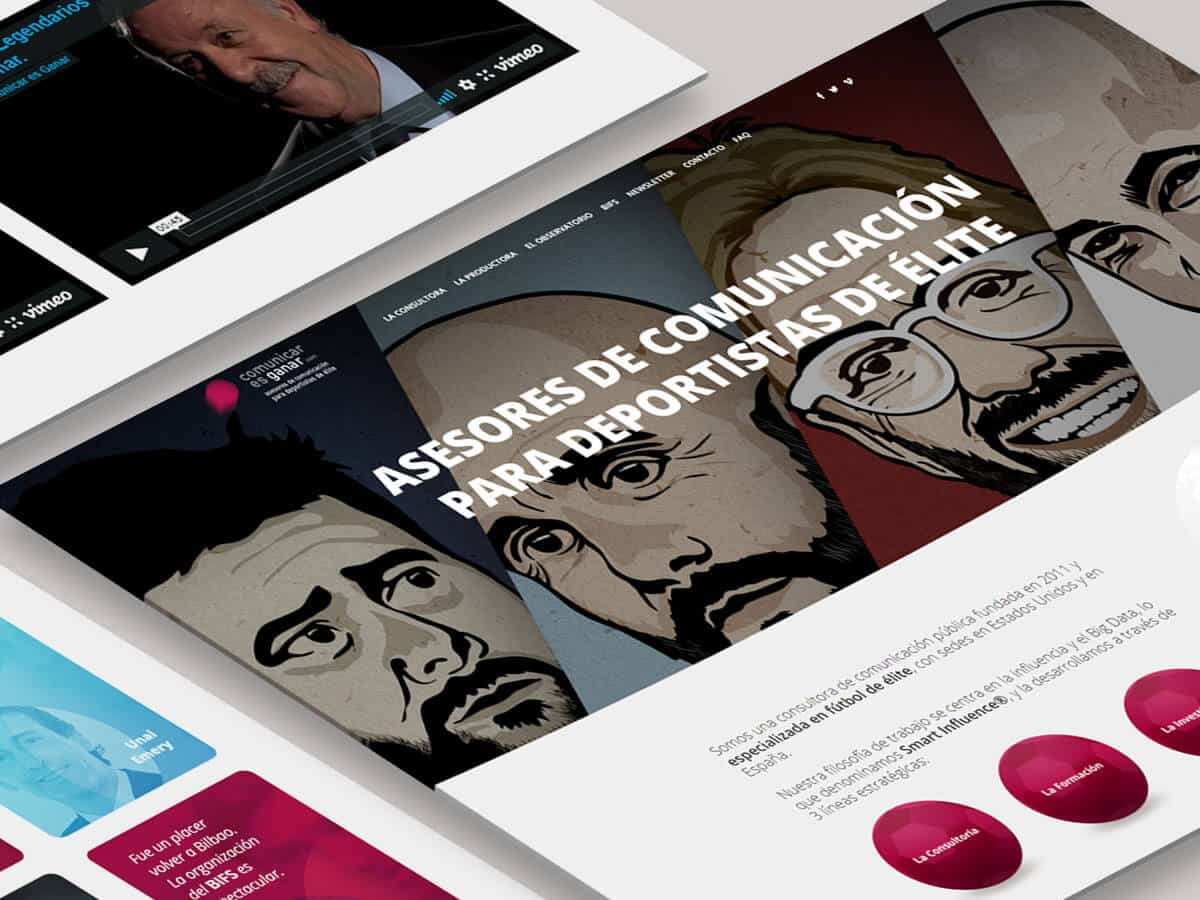
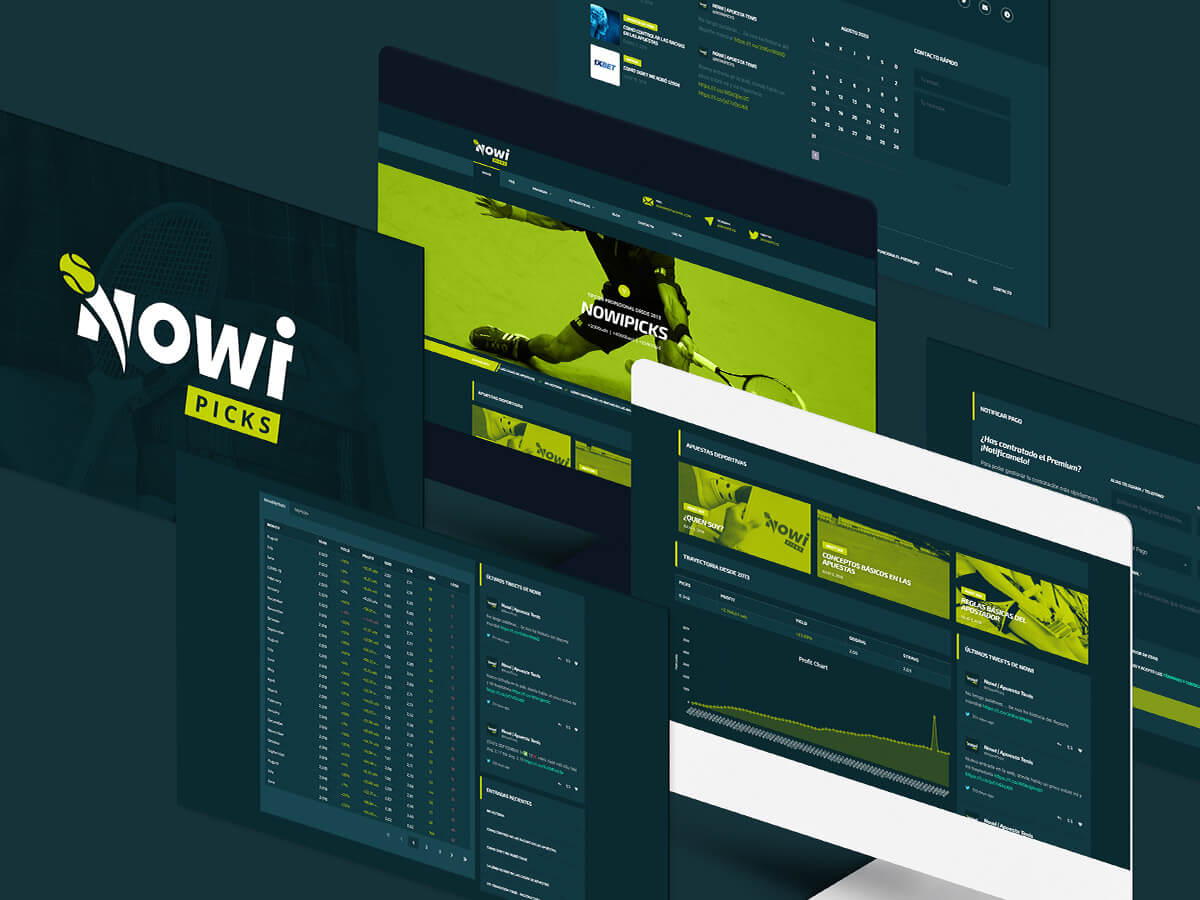
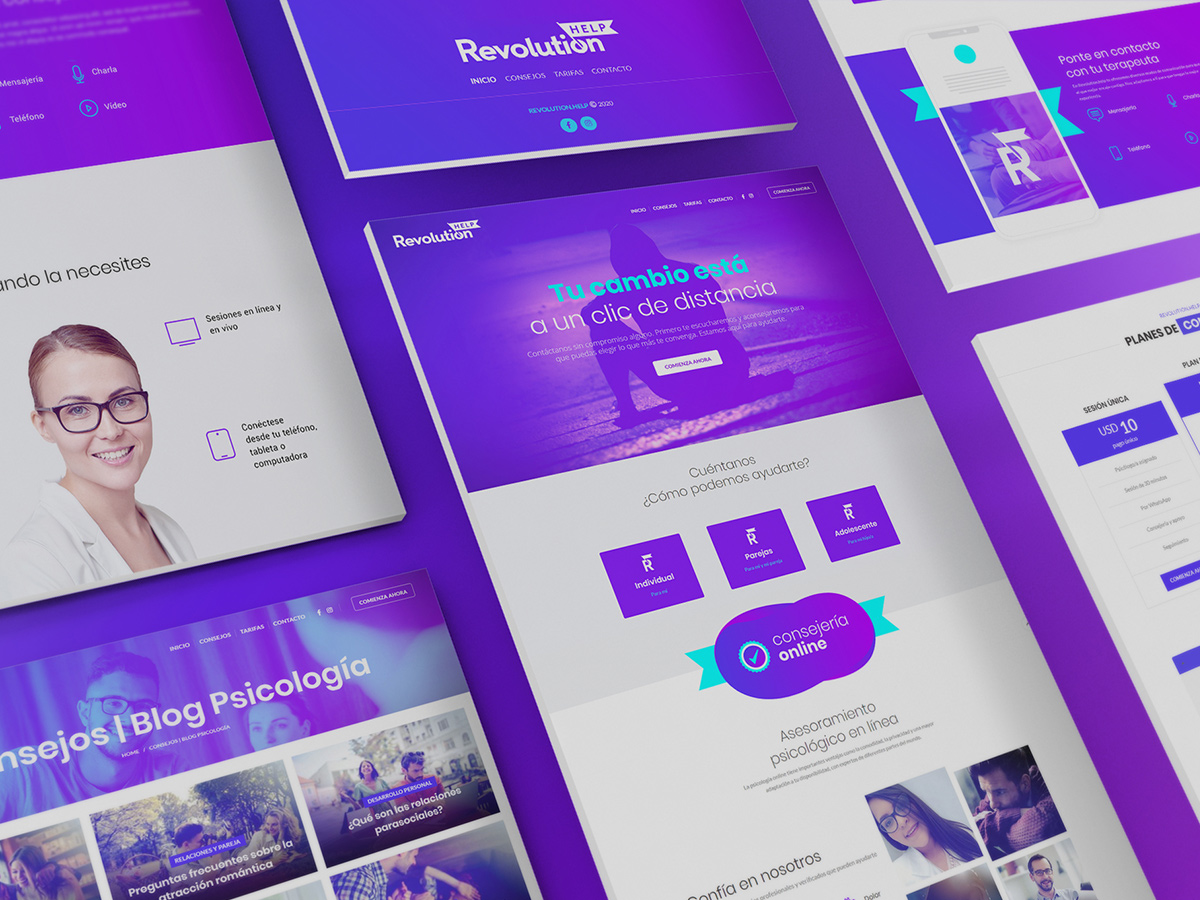


Branding

Diseño Profesional de Logos

Naming

Desarrollo Web
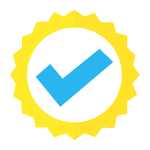
Servicios Garantizados

Consultoría Empresarial

Outbound Marketing
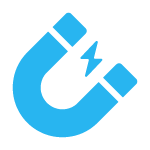
Inbound Marketing

Consultoría Legal
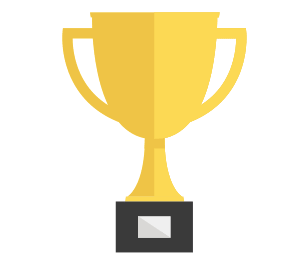
Una buena marca te hará ganar mucho más
+ Percepción de valor
+ Confianza
+ Afinidad
+ Diferenciación
Una buena marca te permite
vender más, a mayor precio
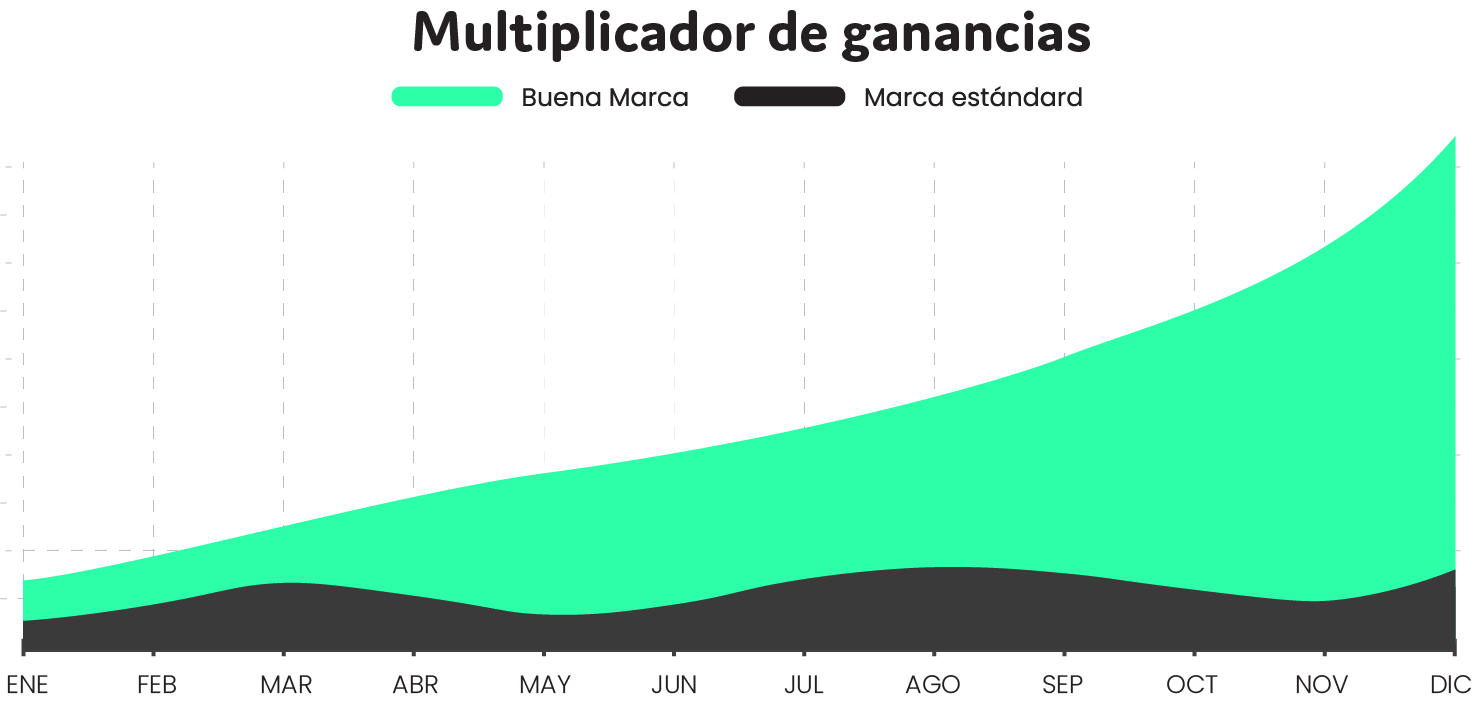
La opinión de nuestros clientes

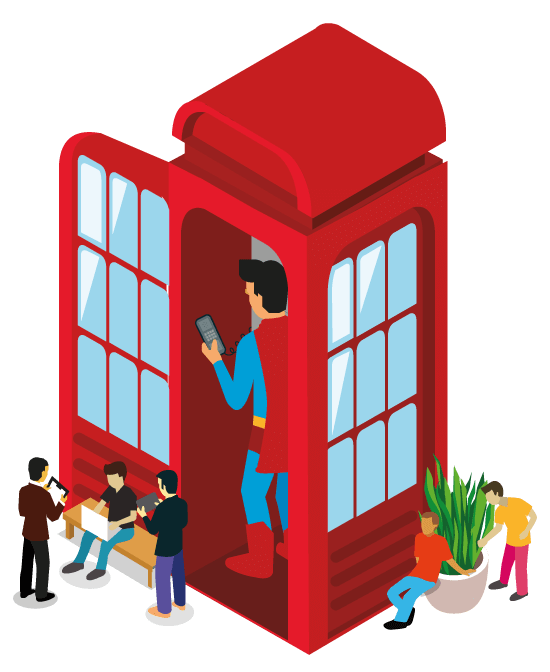
En el diseño de logos hay quienes buscan atajos, tratando de resolver los proyectos en pocas horas, utilizando iconos de librería prediseñados y tipografías existentes, obteniendo marcas que difícilmente pueden competir en el mercado o registrarse como marca comercial.
Afortunadamente, aún quedamos estudios de diseño apasionados que respetamos profundamente nuestra noble profesión, en donde trabajamos las marcas con mucha dedicación, desde la conversación y el profundo análisis, desde conceptos creativos, partiendo de bocetos a mano y entendiendo que cada letra es una oportunidad perfecta para transmitir la esencia de la marca.
Dentro del diseño gráfico, dominar la tipografía es la disciplina más compleja, para la cual se requiere de talento y de muchos años de estudio y experiencia. Es por ello que nos gusta decir con orgullo que somos expertos tipógrafos y que amamos crear marcas.
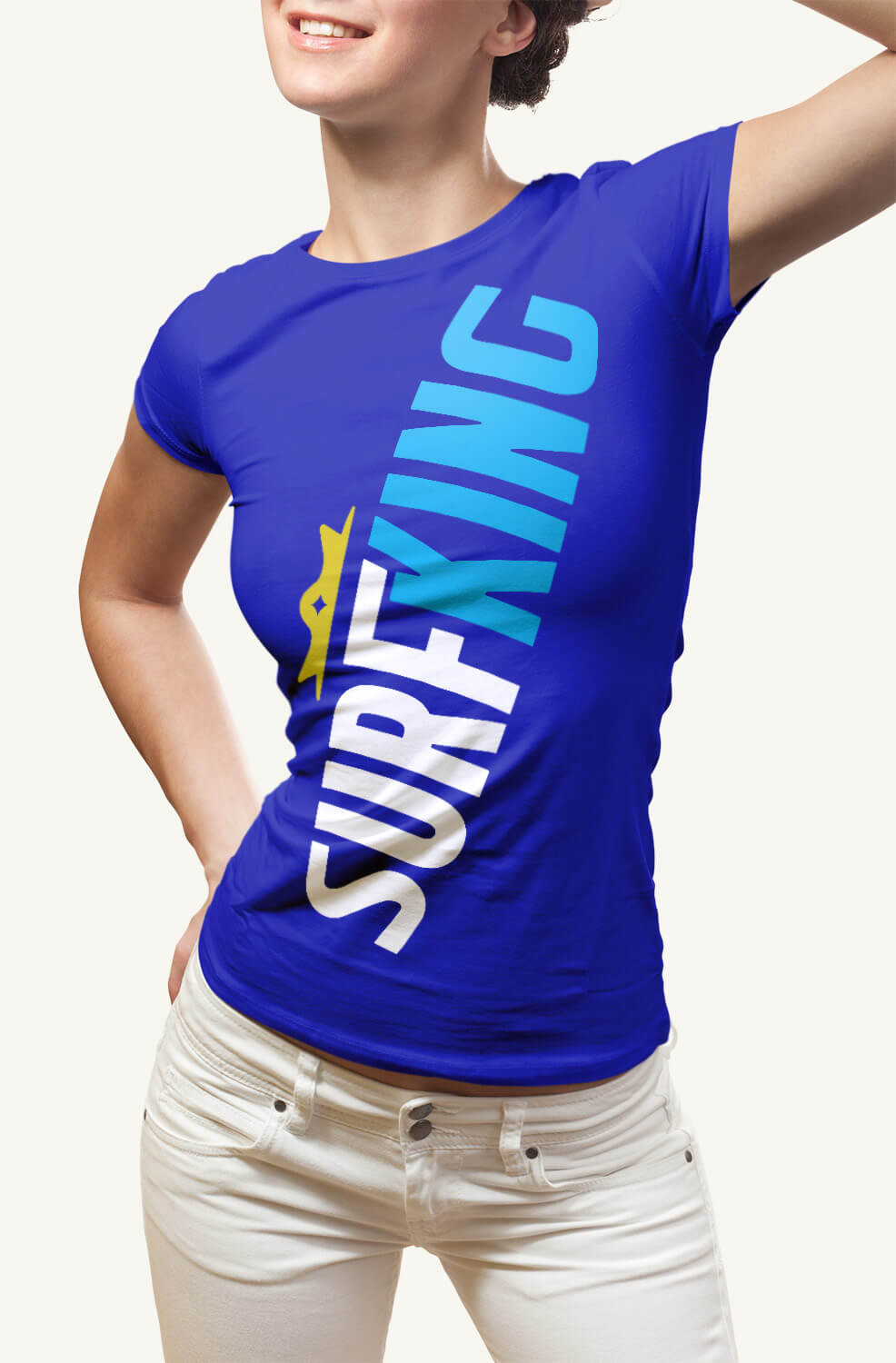
Por otro lado, la consultoría experta en branding es lo que hace la diferencia entre tener un “dibujito” que te represente, a lograr una identidad de marca que estratégicamente conecte emocionalmente con tu audiencia y te posicione adecuadamente en el mercado.
“El 90% de nuestras decisiones las tomamos de manera subconsciente.”
En los detalles sutiles de la comunicación verbal y visual, hay matices subconscientes muy arraigados en la parte emocional de nuestro cerebro, la cual interviene de manera silenciosa (no verbal) en nuestra toma de decisiones. Es esa intuición que nos dice: “hummm no se por qué pero deseo este producto», como también, todo lo contrario.
Por todos estos motivos una marca es mucho más que un logo y debe trabajarse estratégicamente, analizando, conceptualizando, dándole una esencia, un alma que nos permita comunicarnos de un modo adecuado con nuestra audiencia.
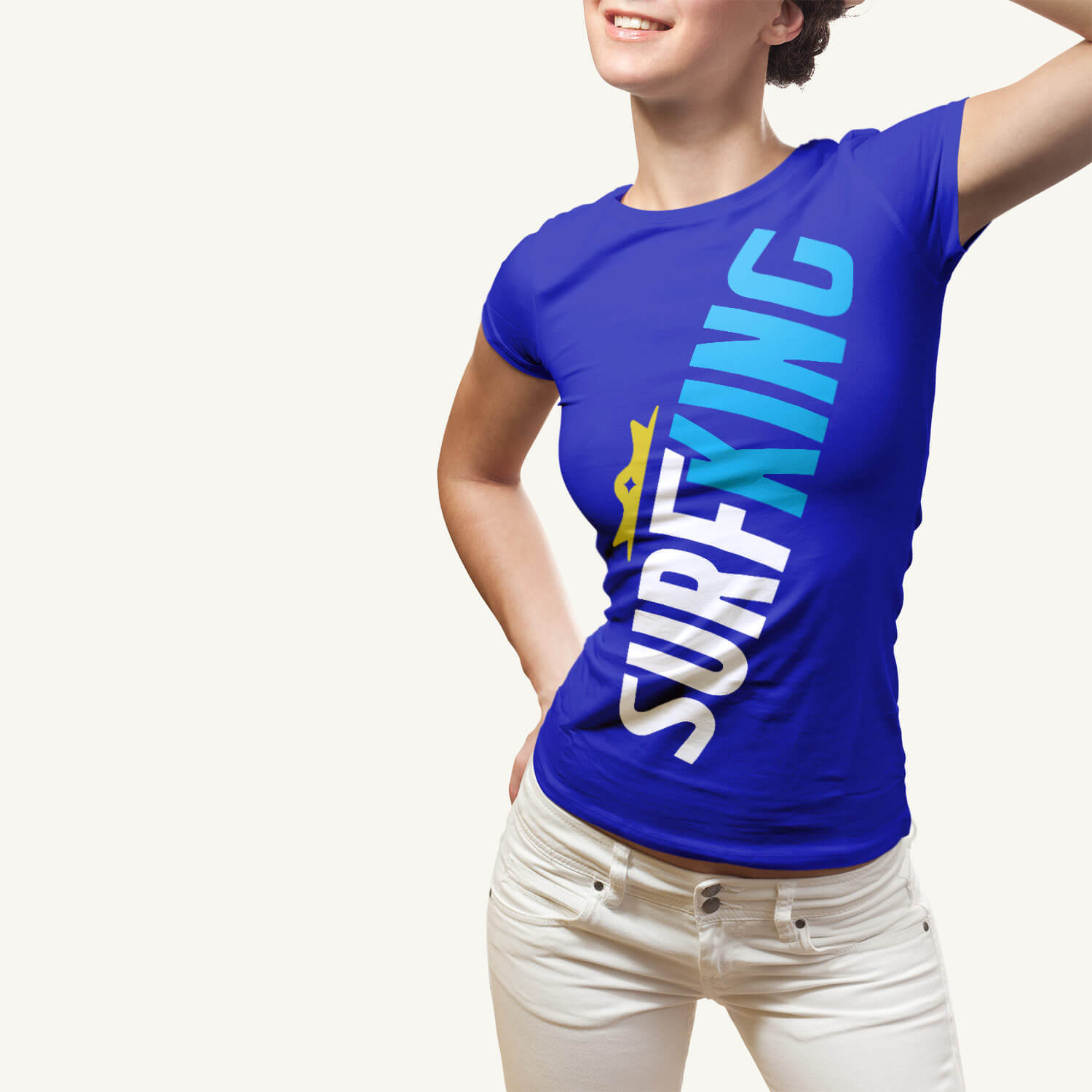
Nuestro propósito
En Tentulogo nuestro propósito es ayudar a los emprendedores y empresarios a que logren el éxito, ya que tenemos la convicción de que el futuro no está en manos de los gobiernos sino de las personas que se atreven a construir su camino, buscando soluciones, generando innovación, empleo y prosperidad.
Pero emprender no es nada fácil, por eso es necesario apoyarnos, estar en permanente formación, con la mente enfocada y motivada.
Para lograrlo, a lo largo de todos estos años hemos ido construyendo nuestro blog para emprendedores de acceso libre, con cientos de contenidos de alto valor y utilidad, que se complementan con nuestros servicios de diseño, marketing y consultoría de primer nivel.
Queremos ayudarte a que logres alcanzar tus sueños.

José Vicente Rojo
CEO | Fundador
Nuestras publicaciones más recientes:
Te recomendamos nuestro artículo Diferencias entre un logotipo, un isotipo, un imagotipo, una marca. Si deseas el diseño profesional de logo para tu marca, vamos a ir sacando guías orientativas por rubros. La primera es para Diseño de logos para restaurantes, con las pautas necesarias y ejemplos.
Si quieres participar en nuestro blog con contenidos que sean de interés para emprendedores, solo tienes que contactarnos y hacernos tu propuesta.
«Creo que es posible para la gente normal, elegir ser extraordinaria”
Elon Musk | Tesla – SpaceX – Neurolink
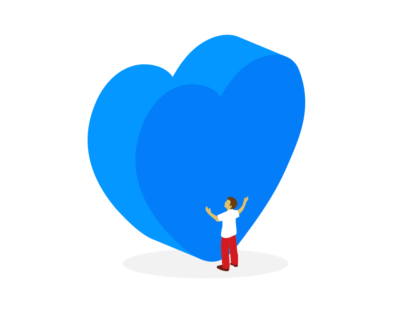
Si te gustó o consideras que podrá ser útil para alguien que conoces, compártelo y algo bueno te ocurrirá ![]()


